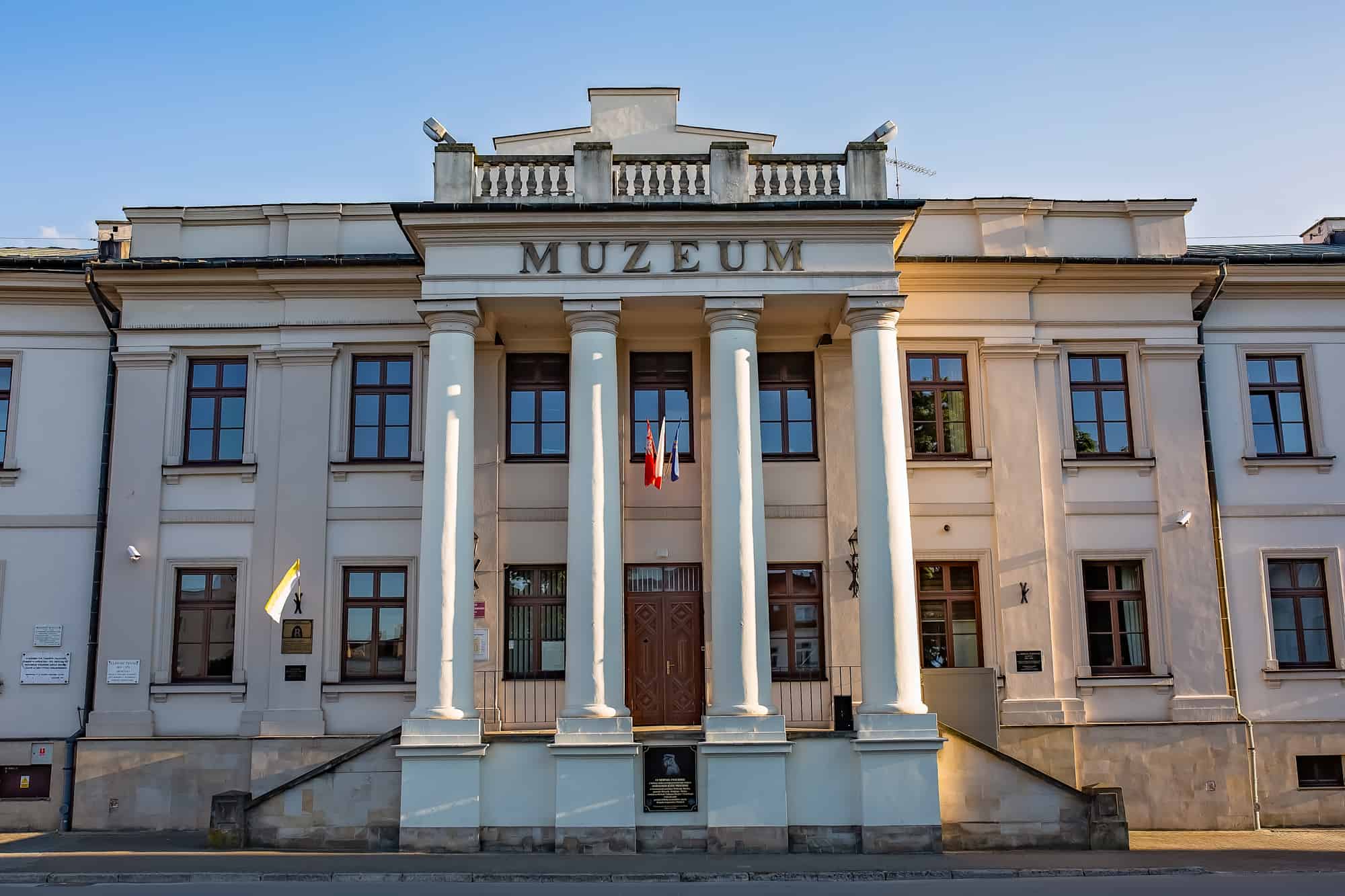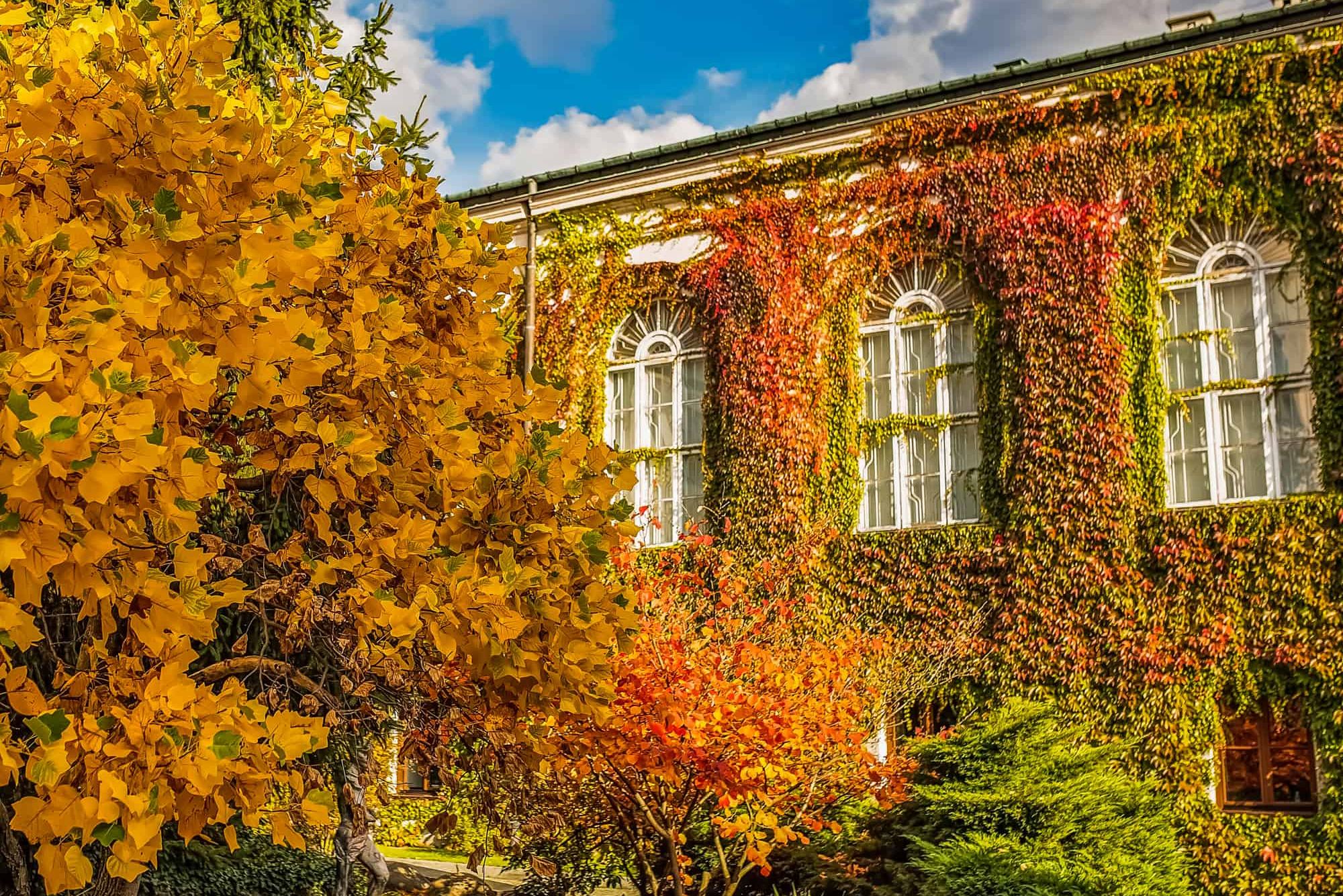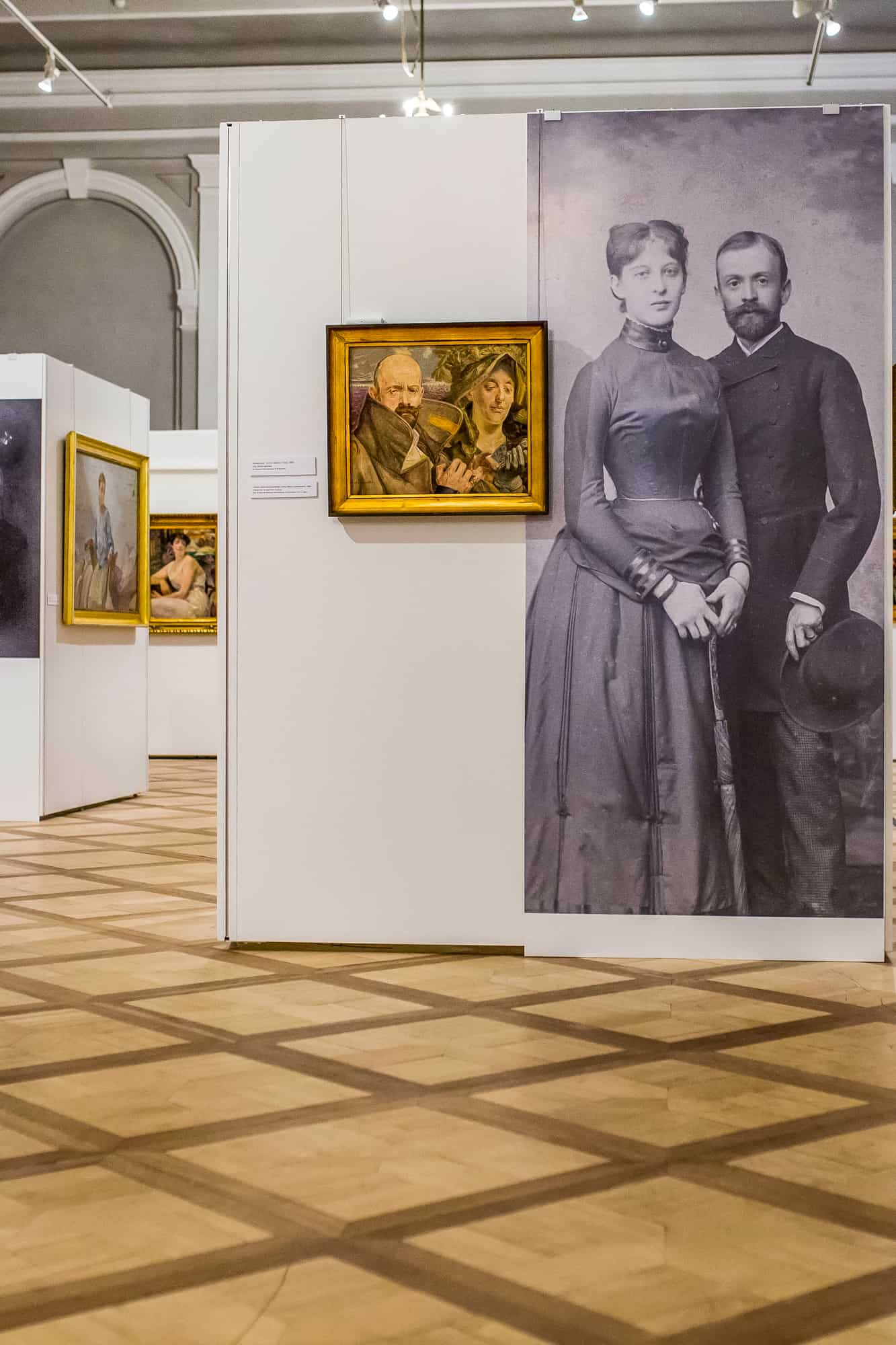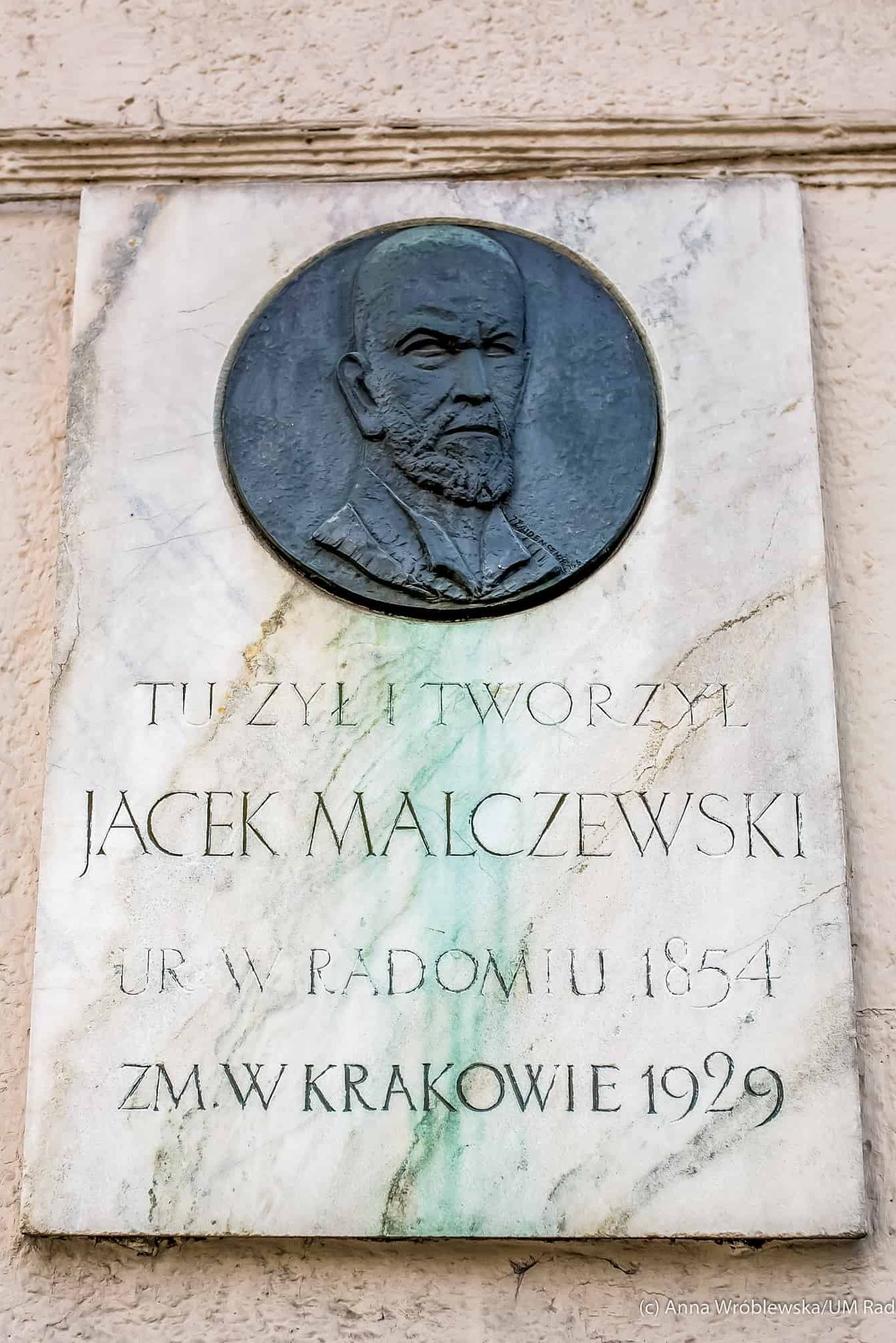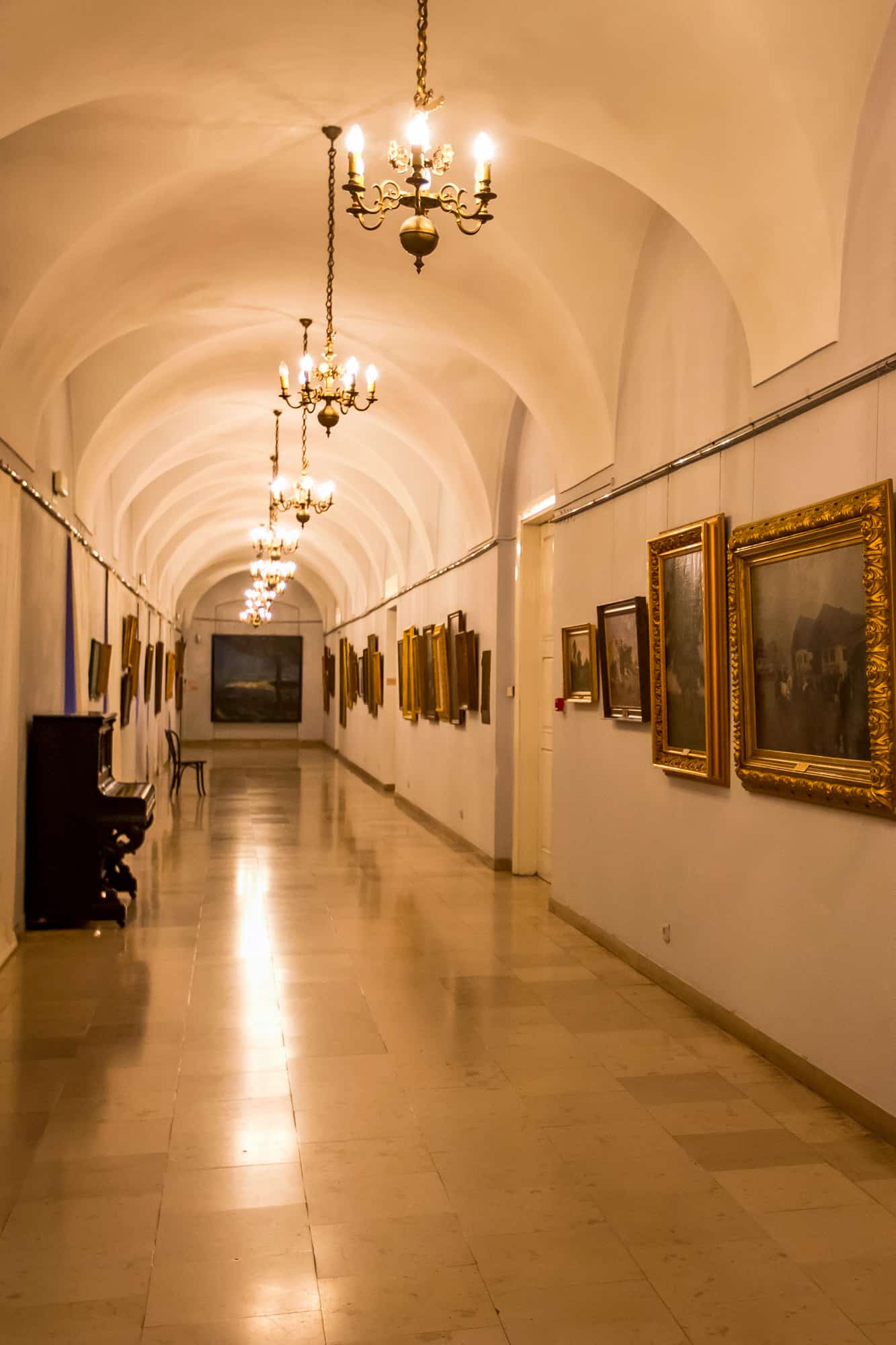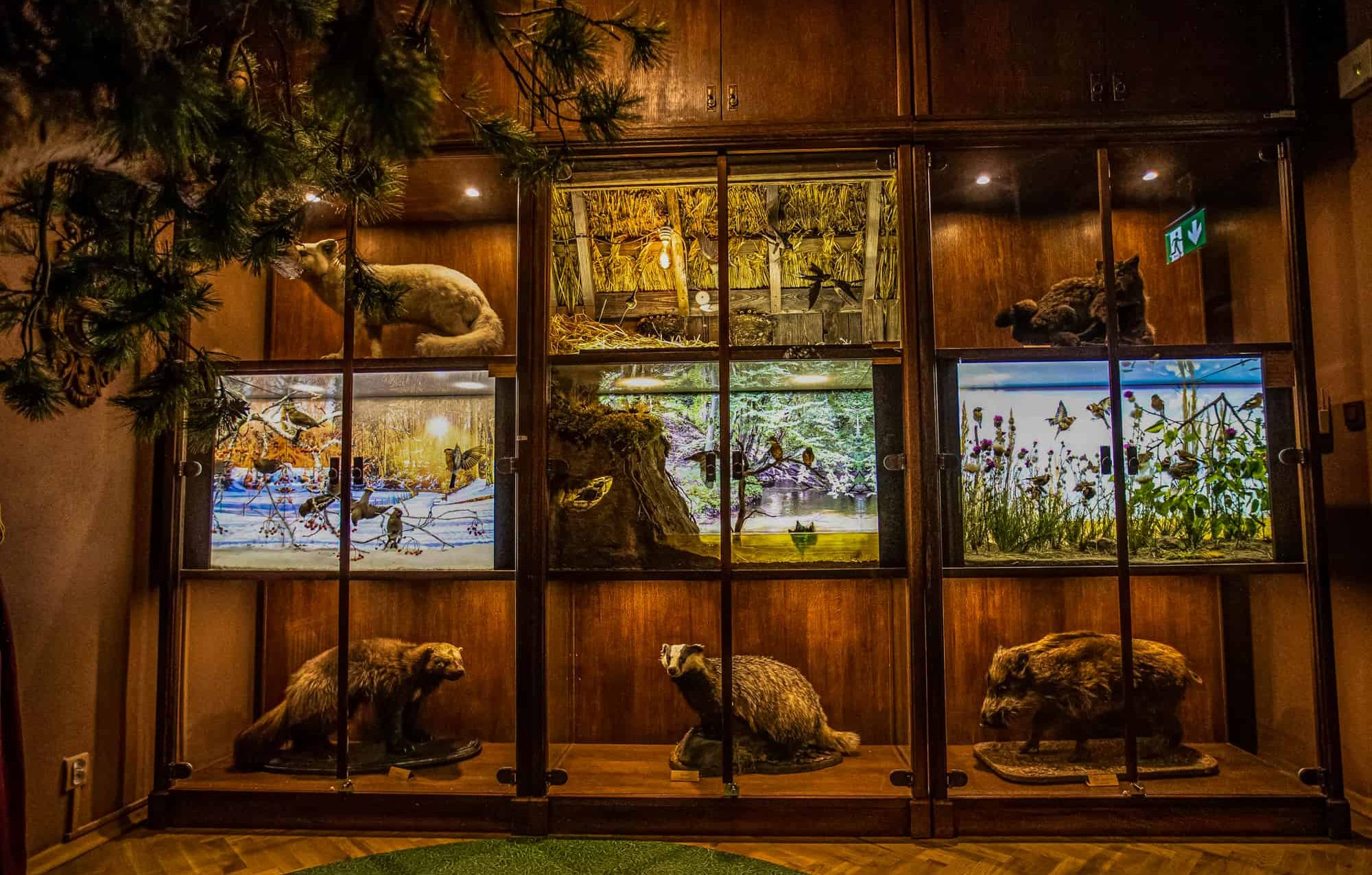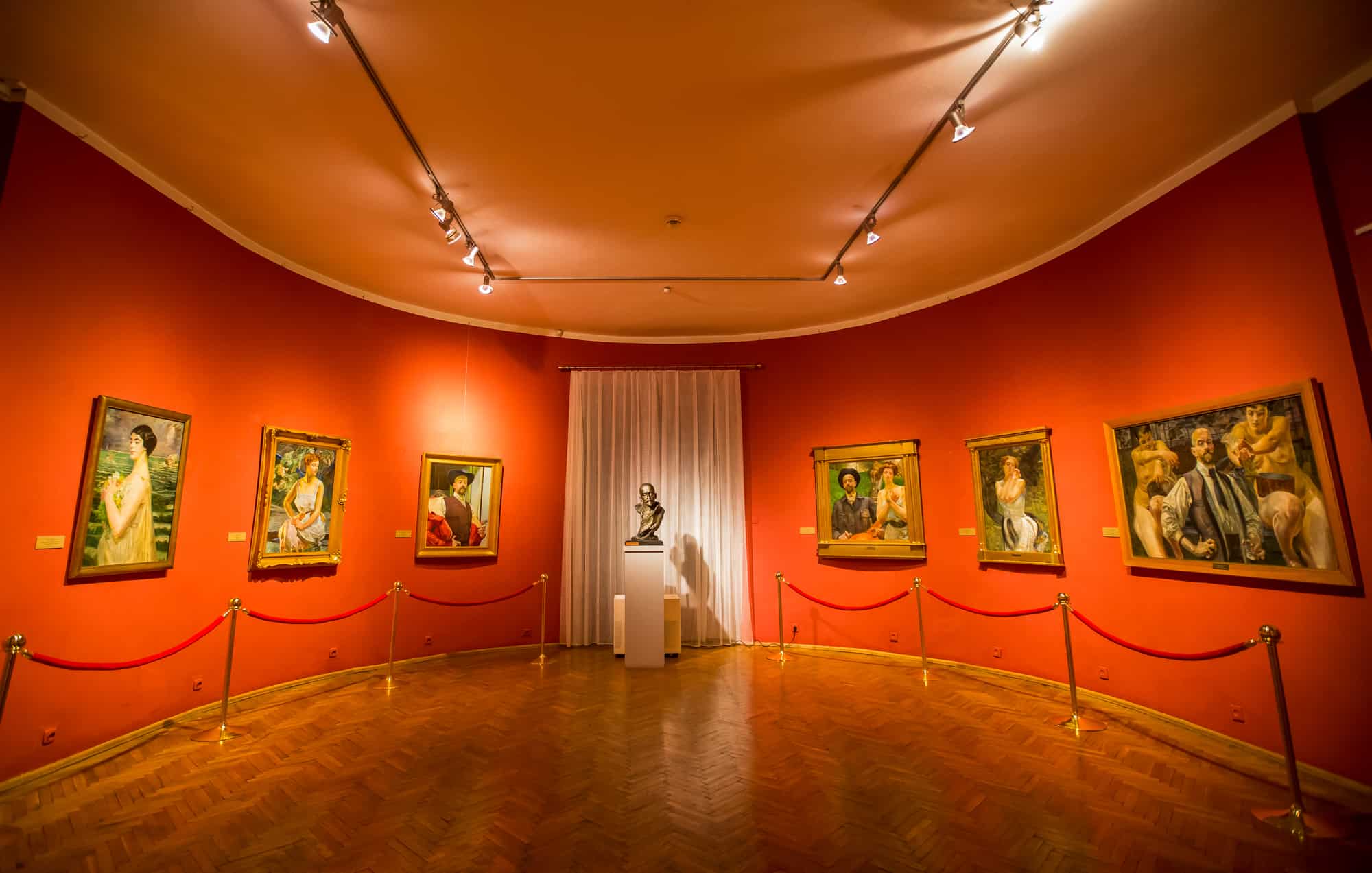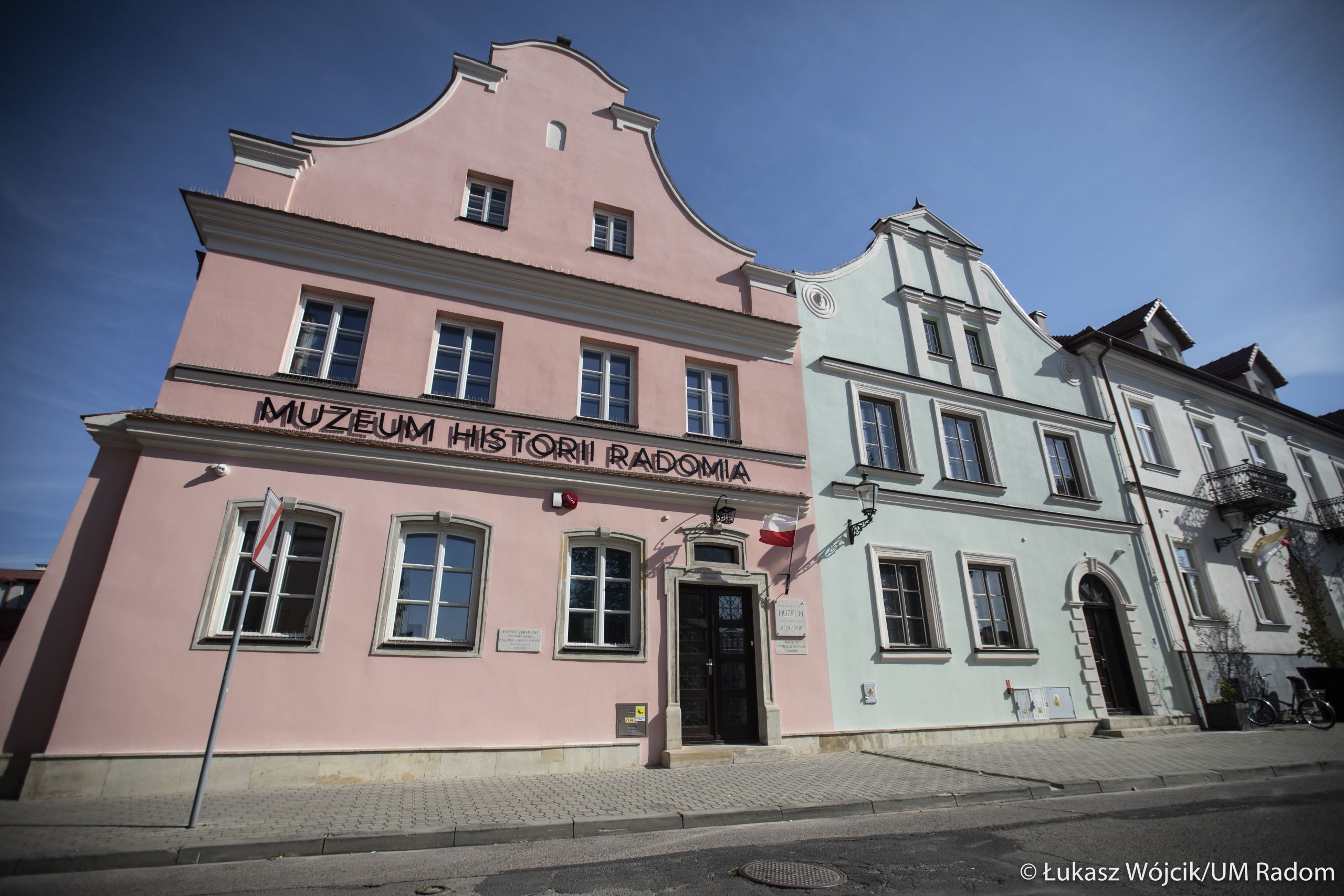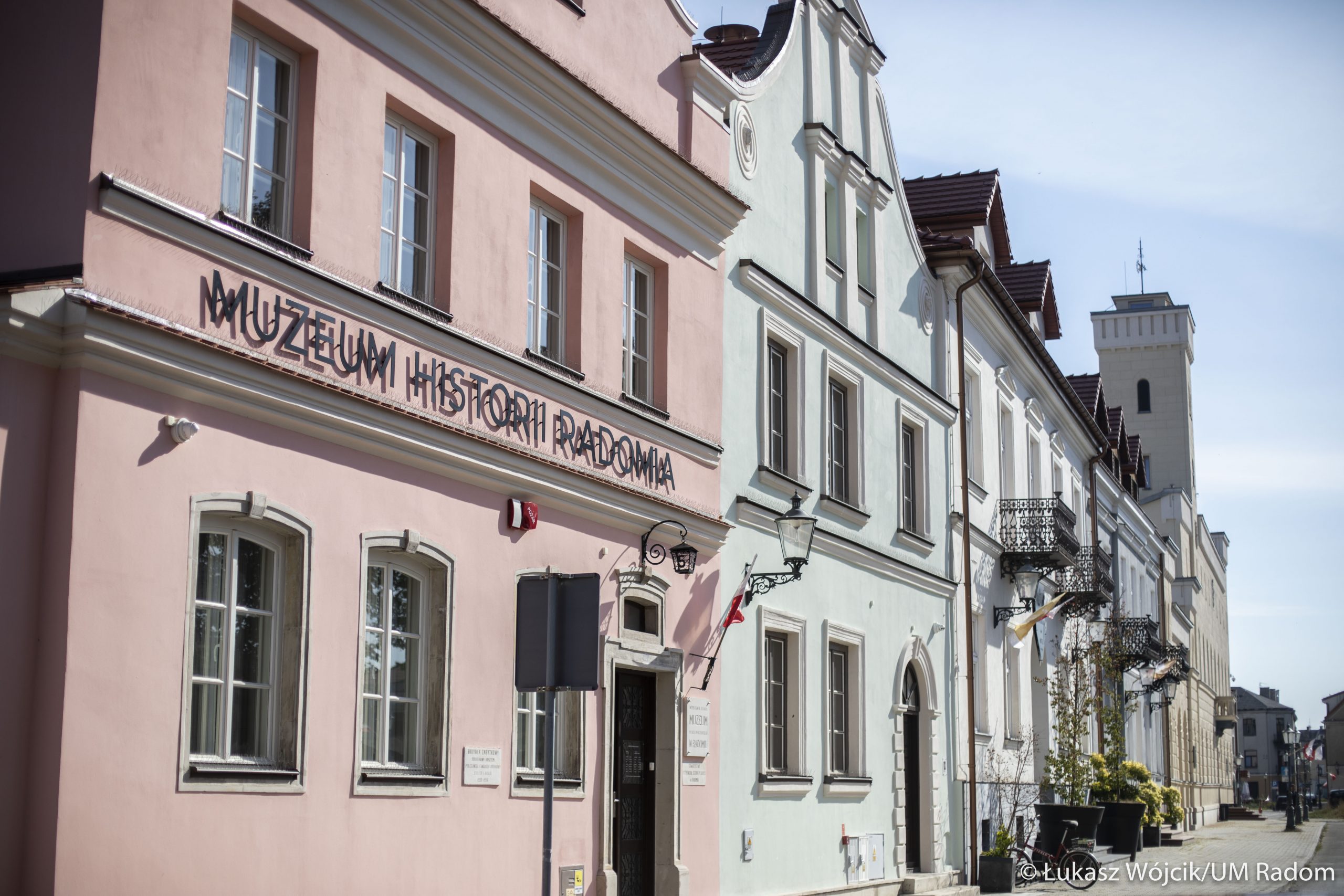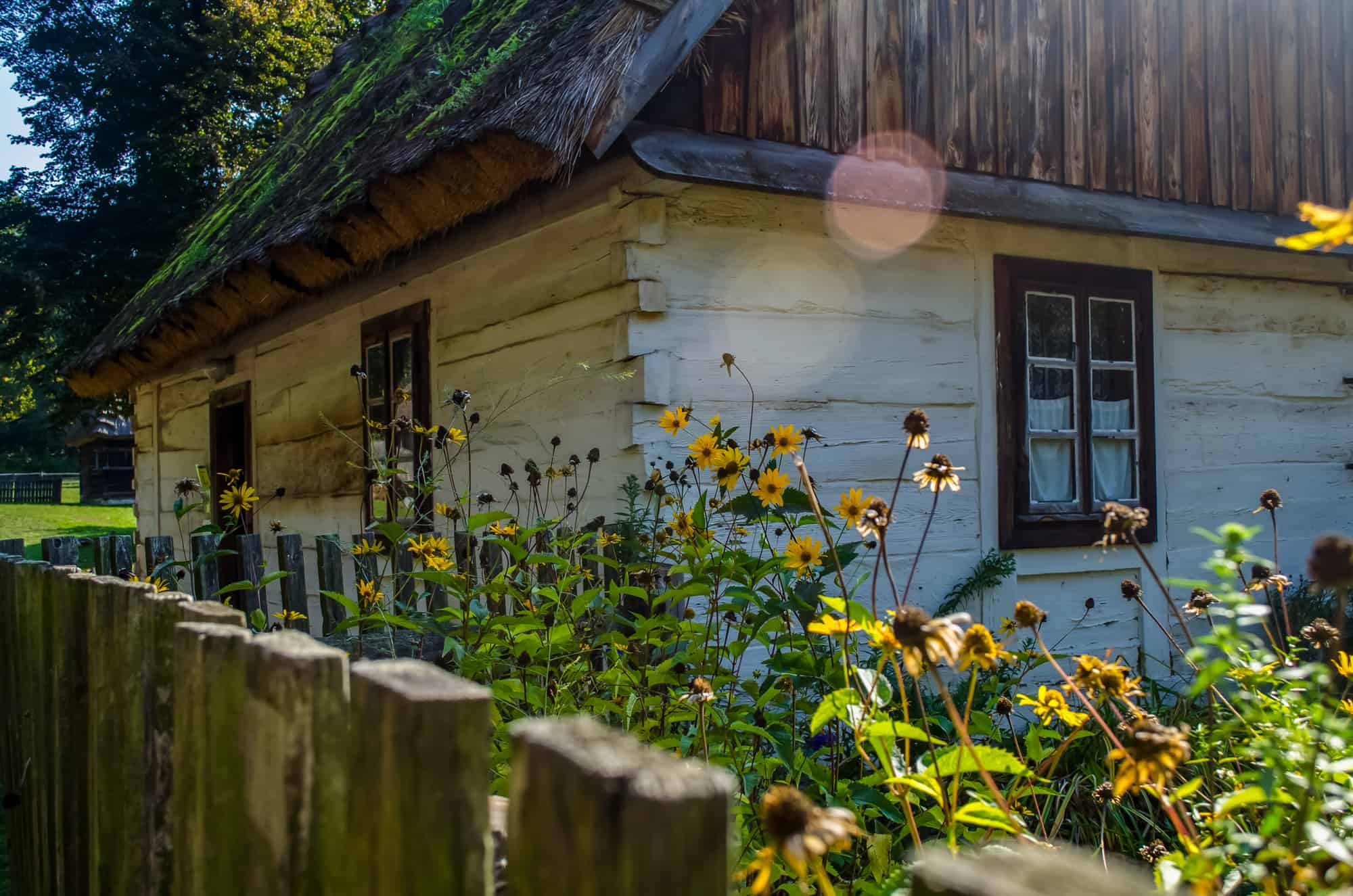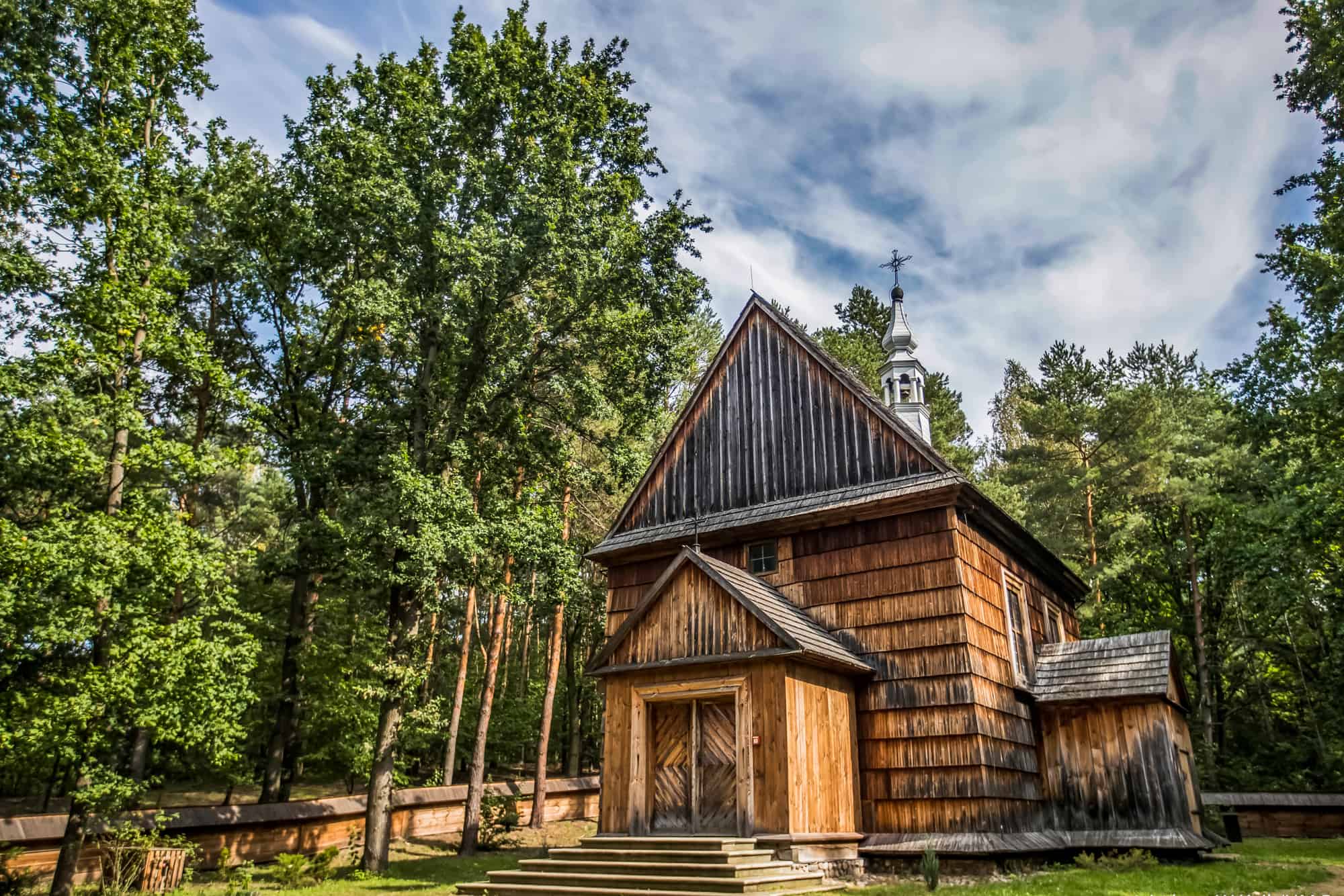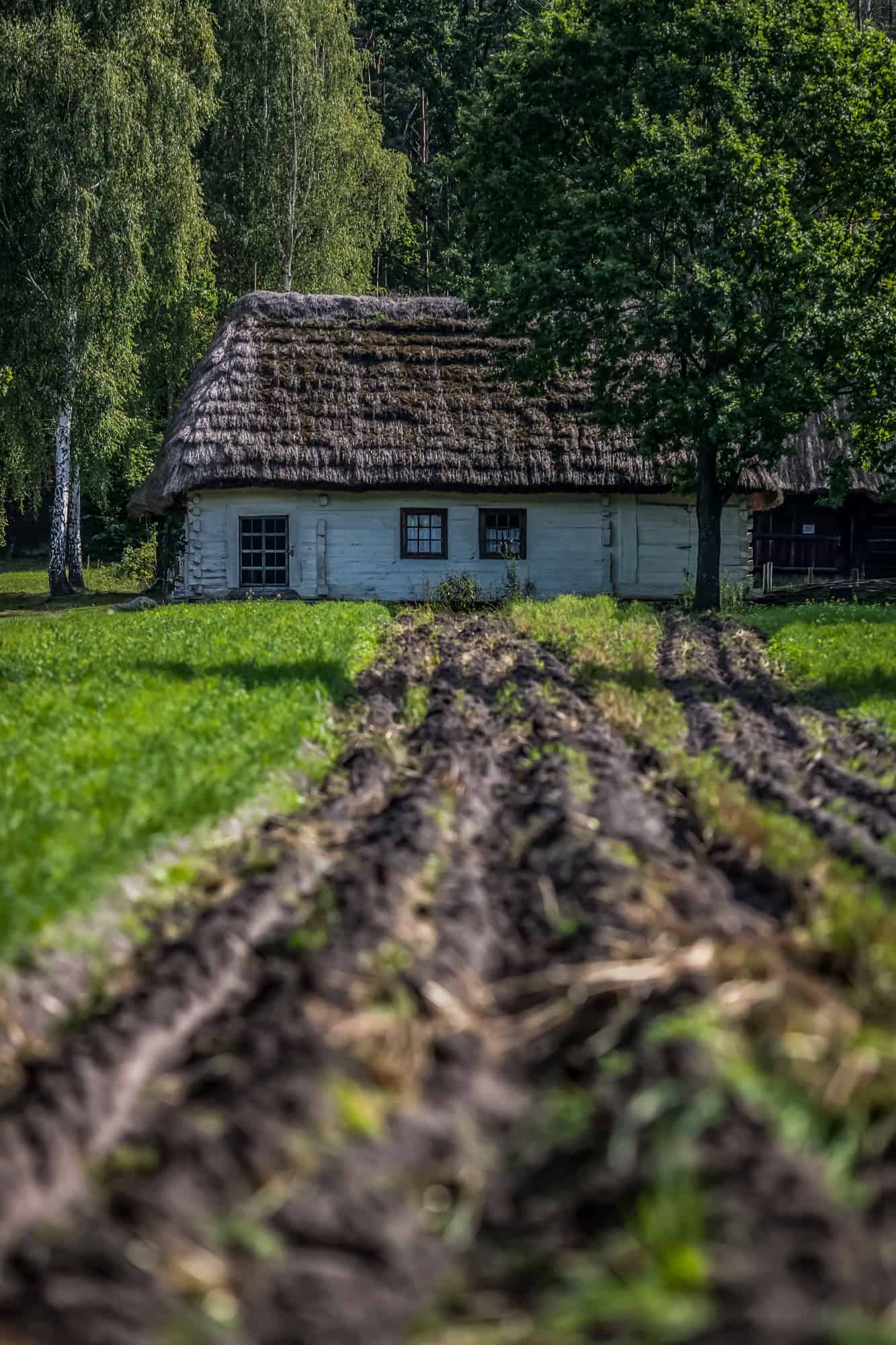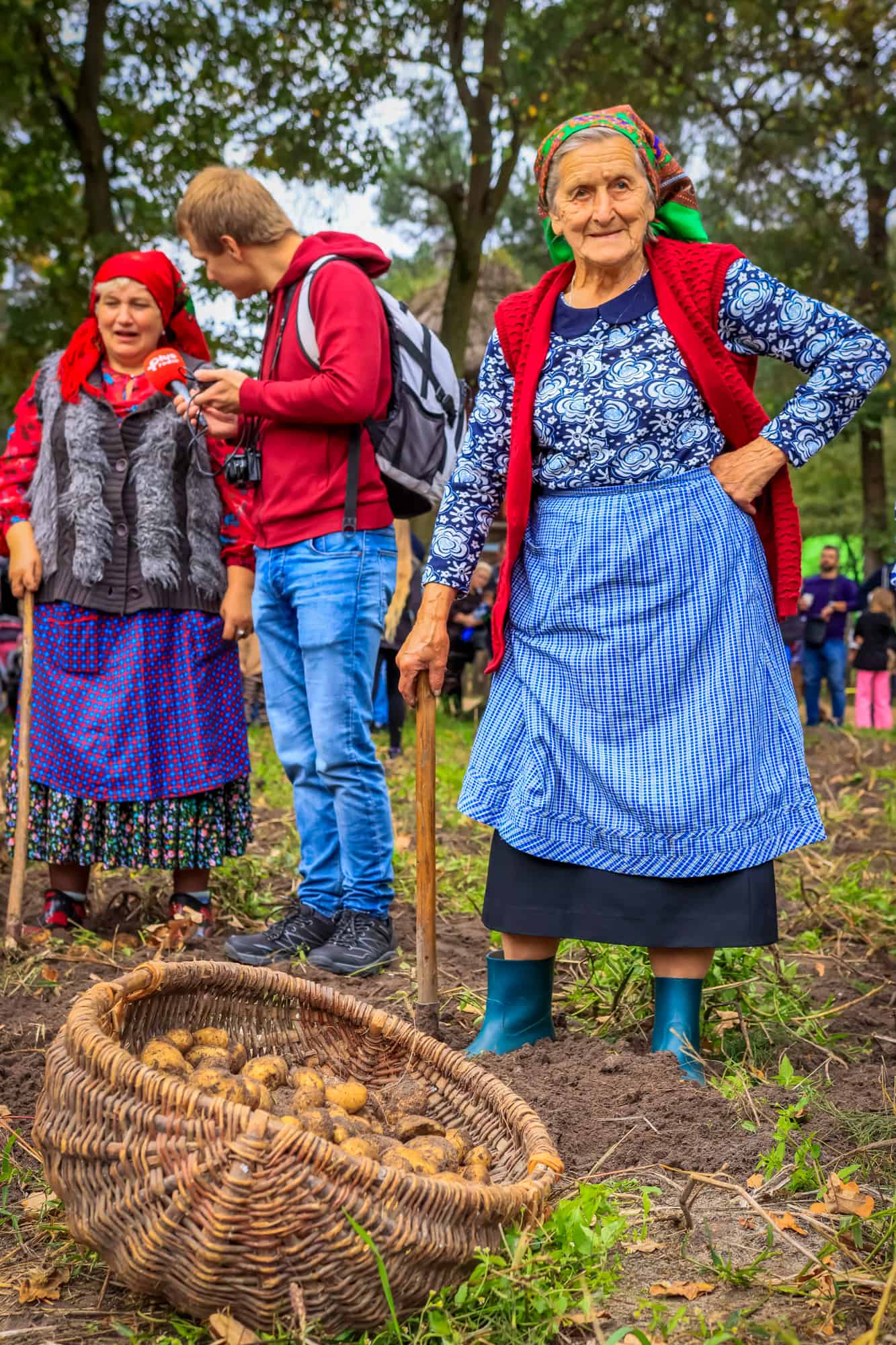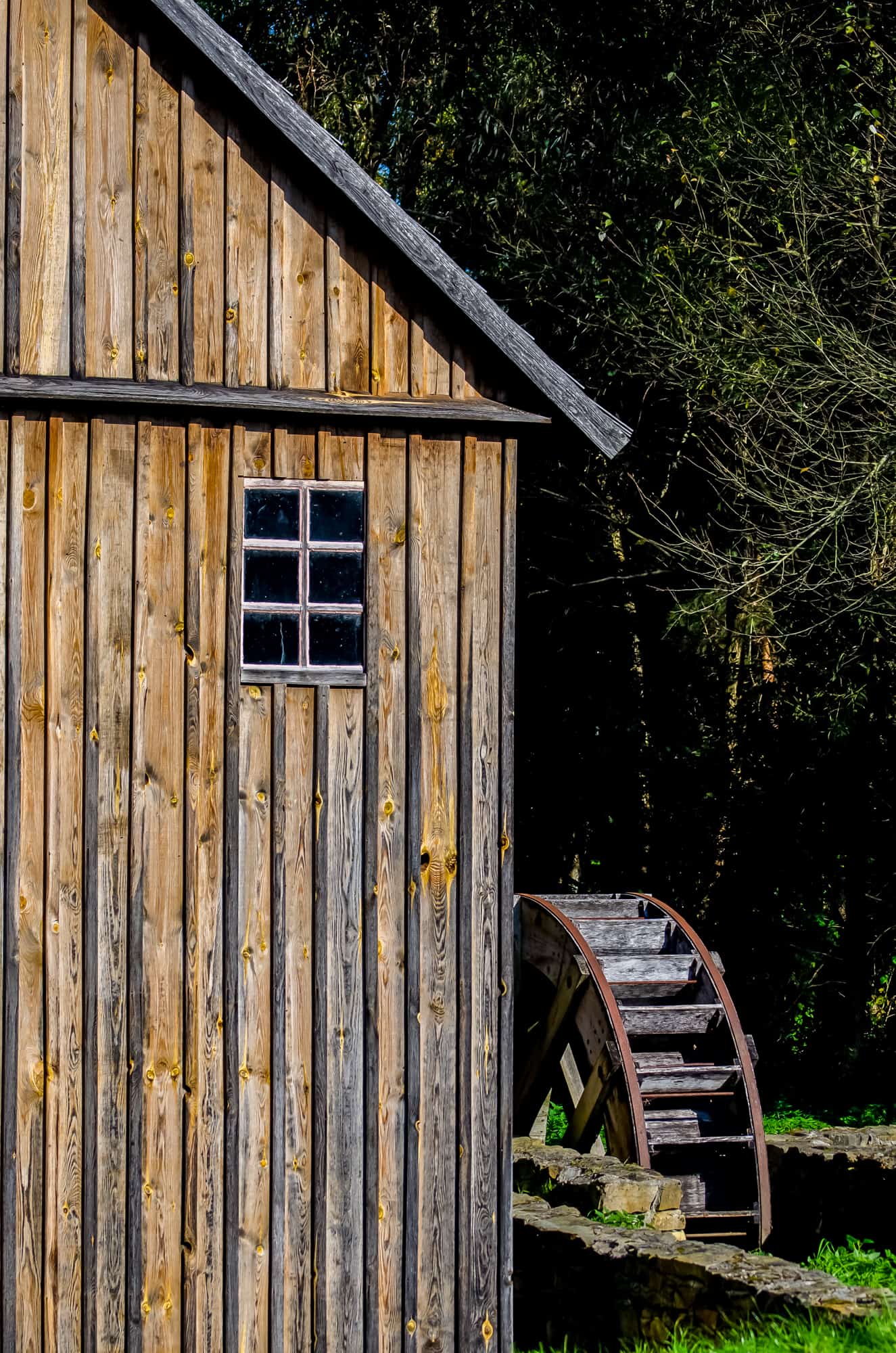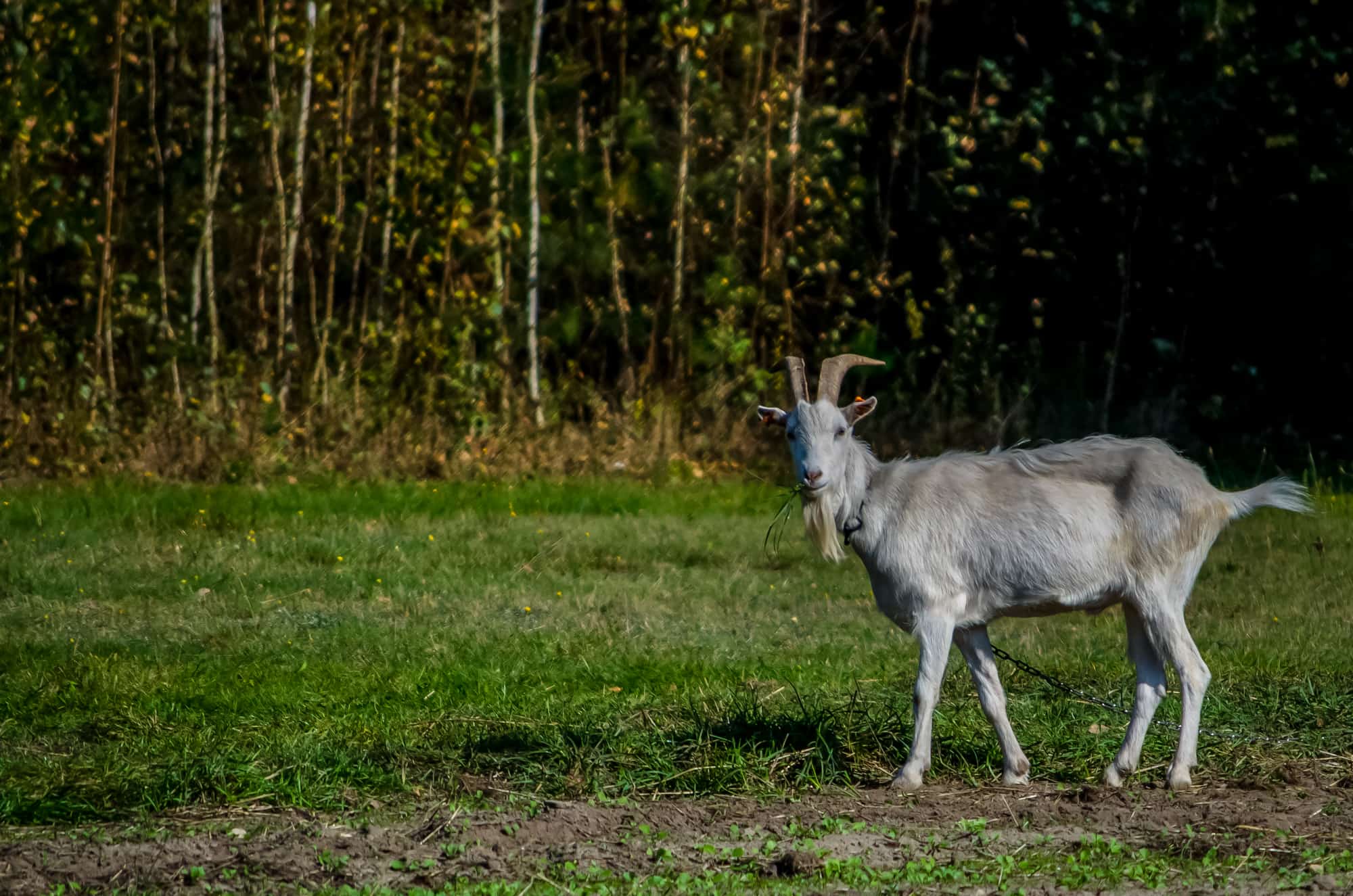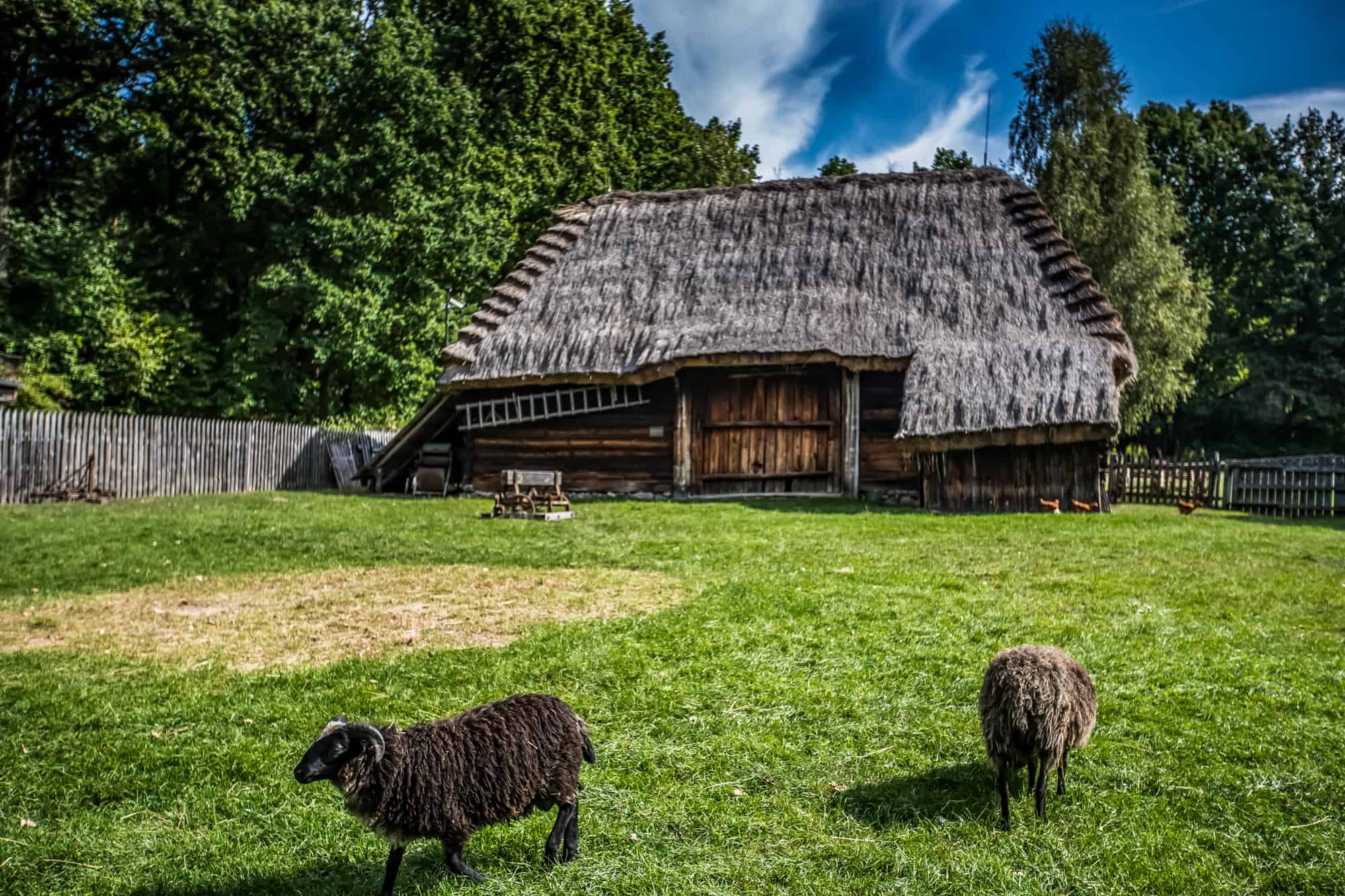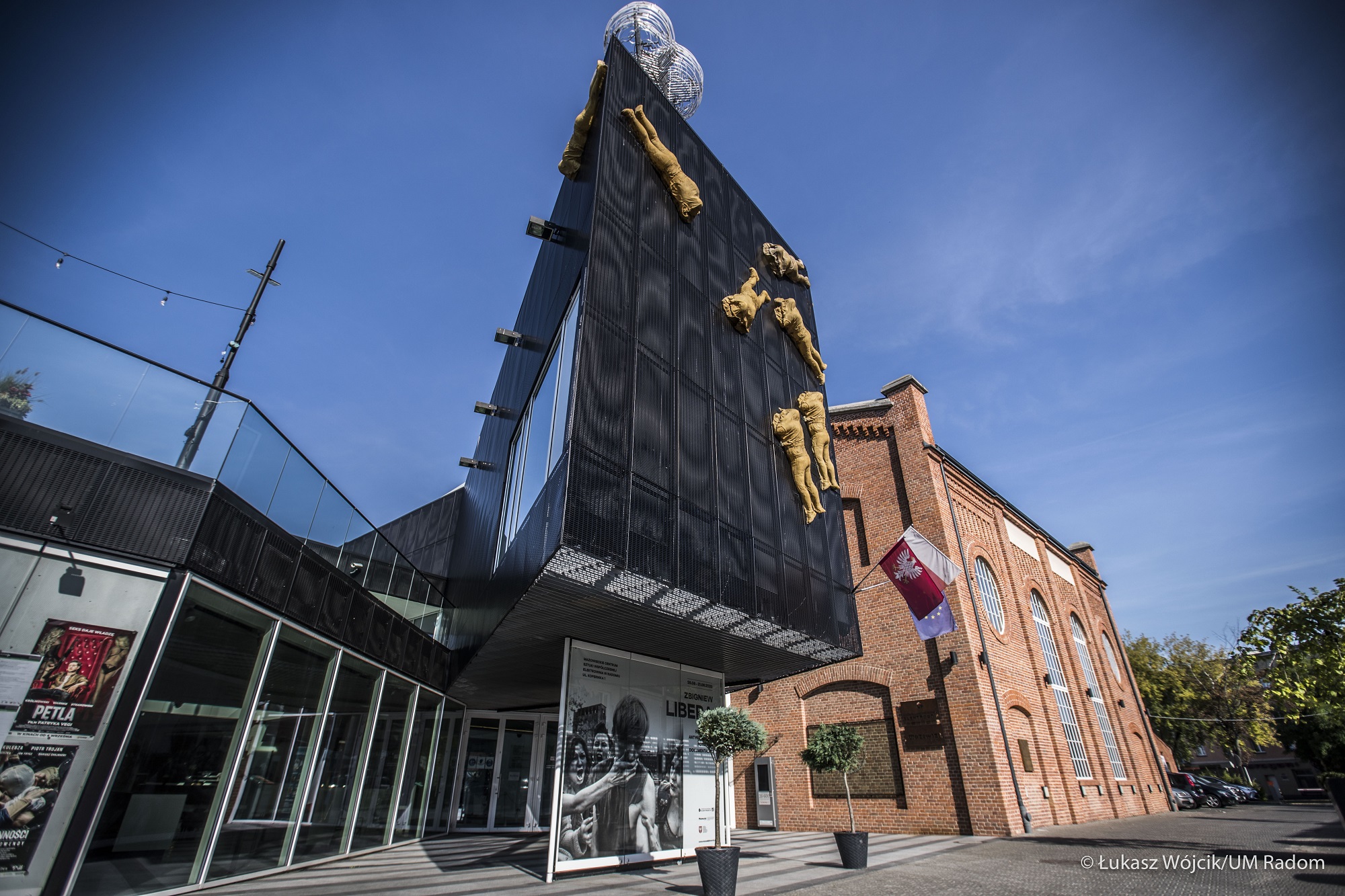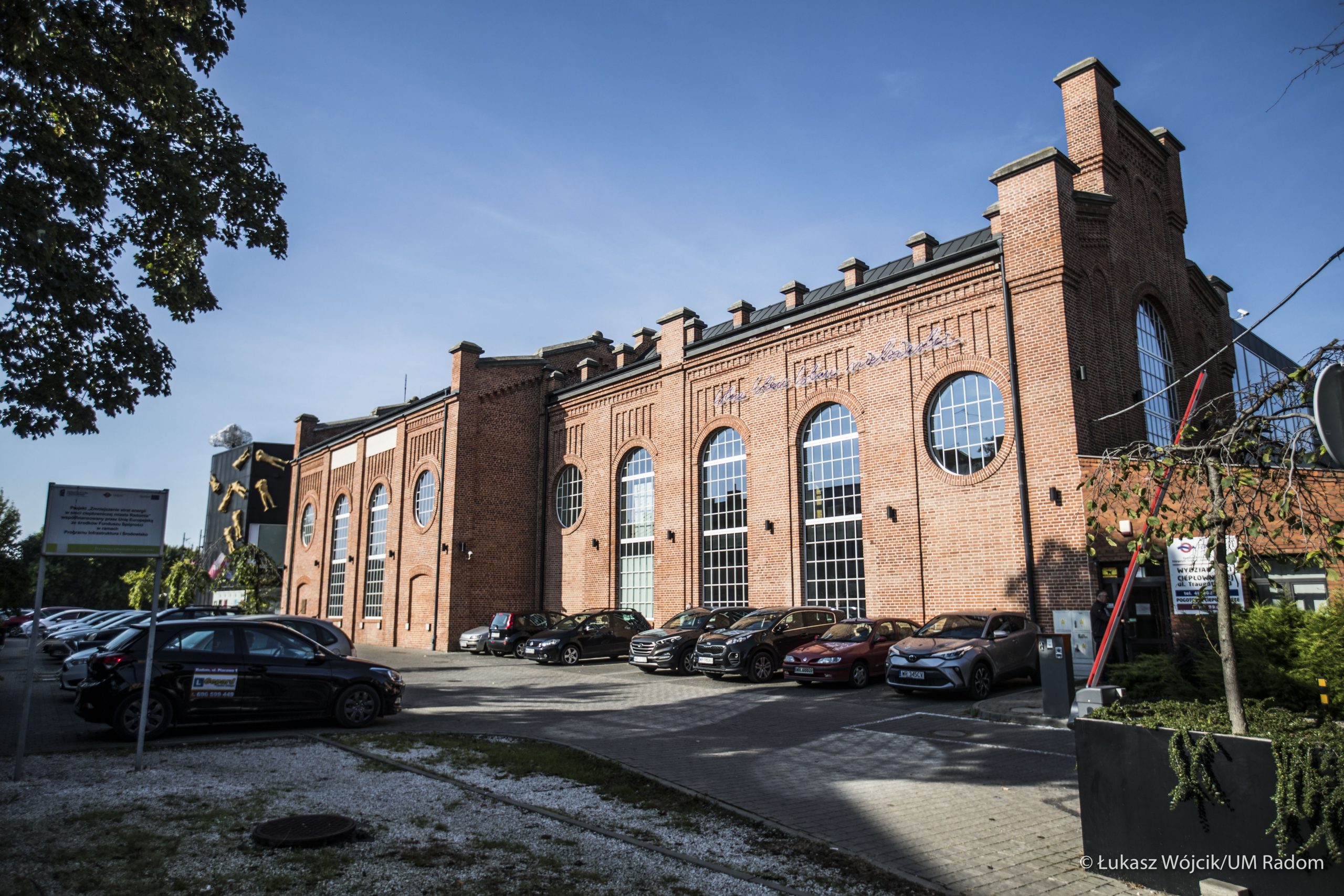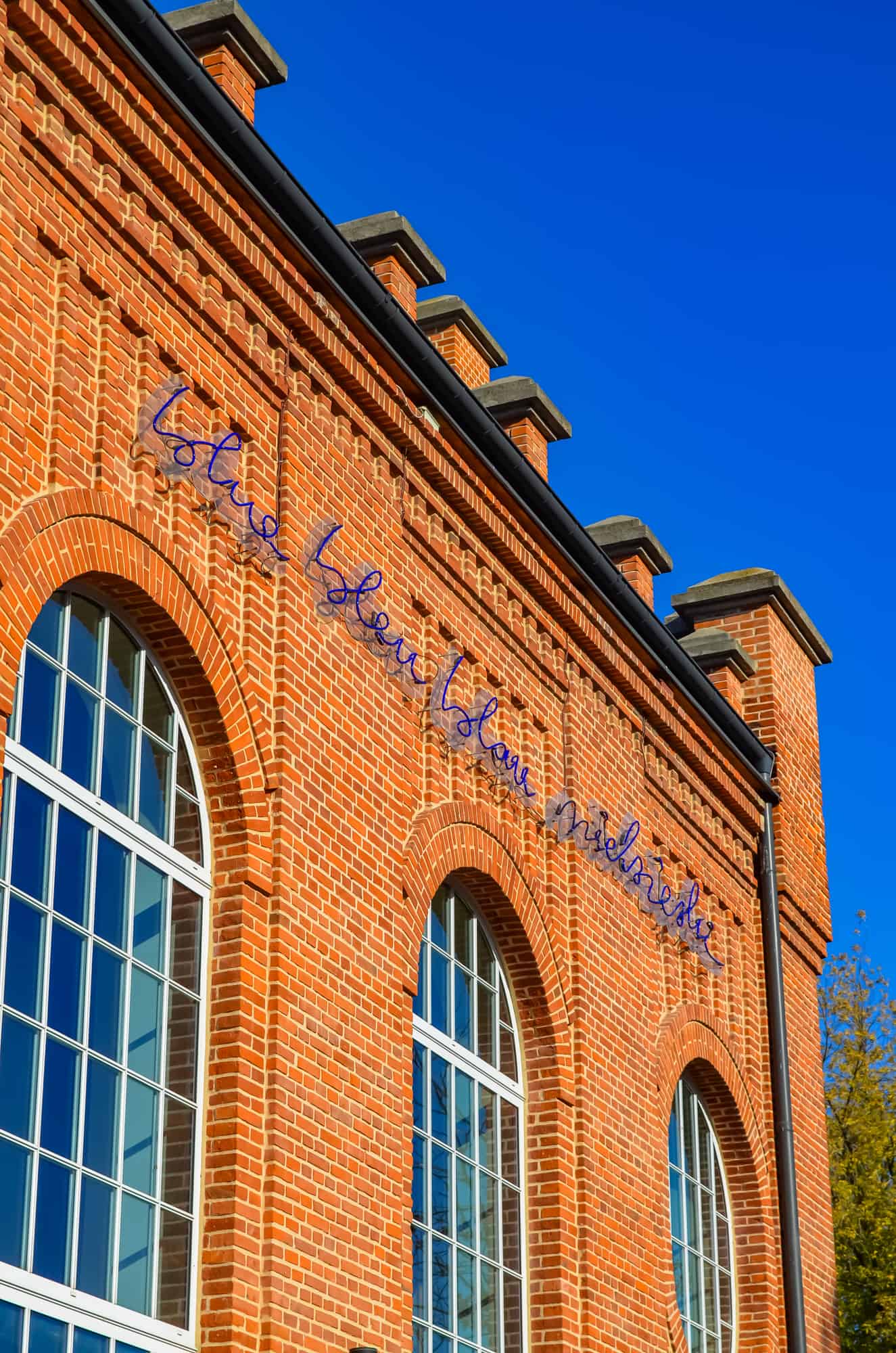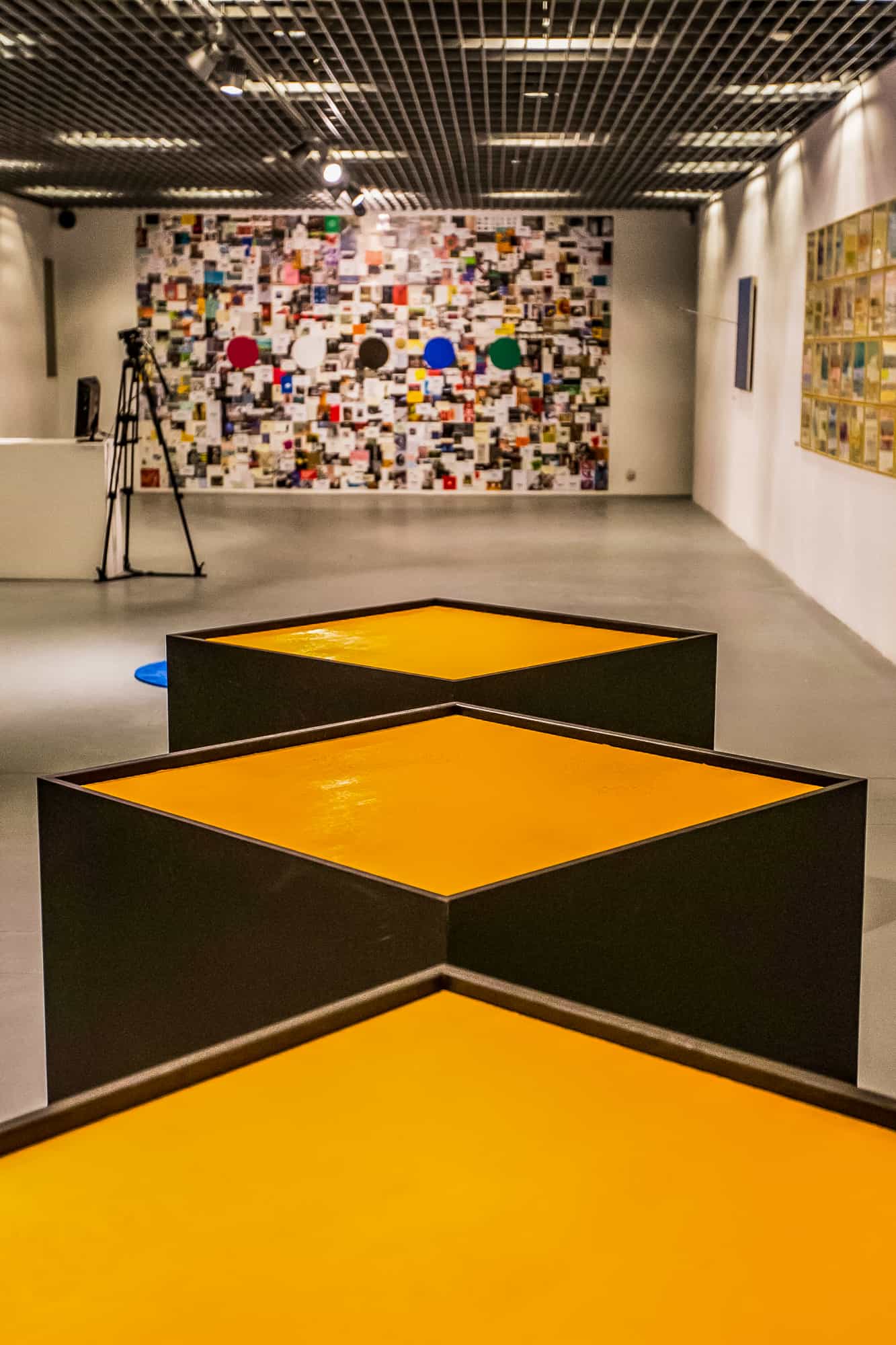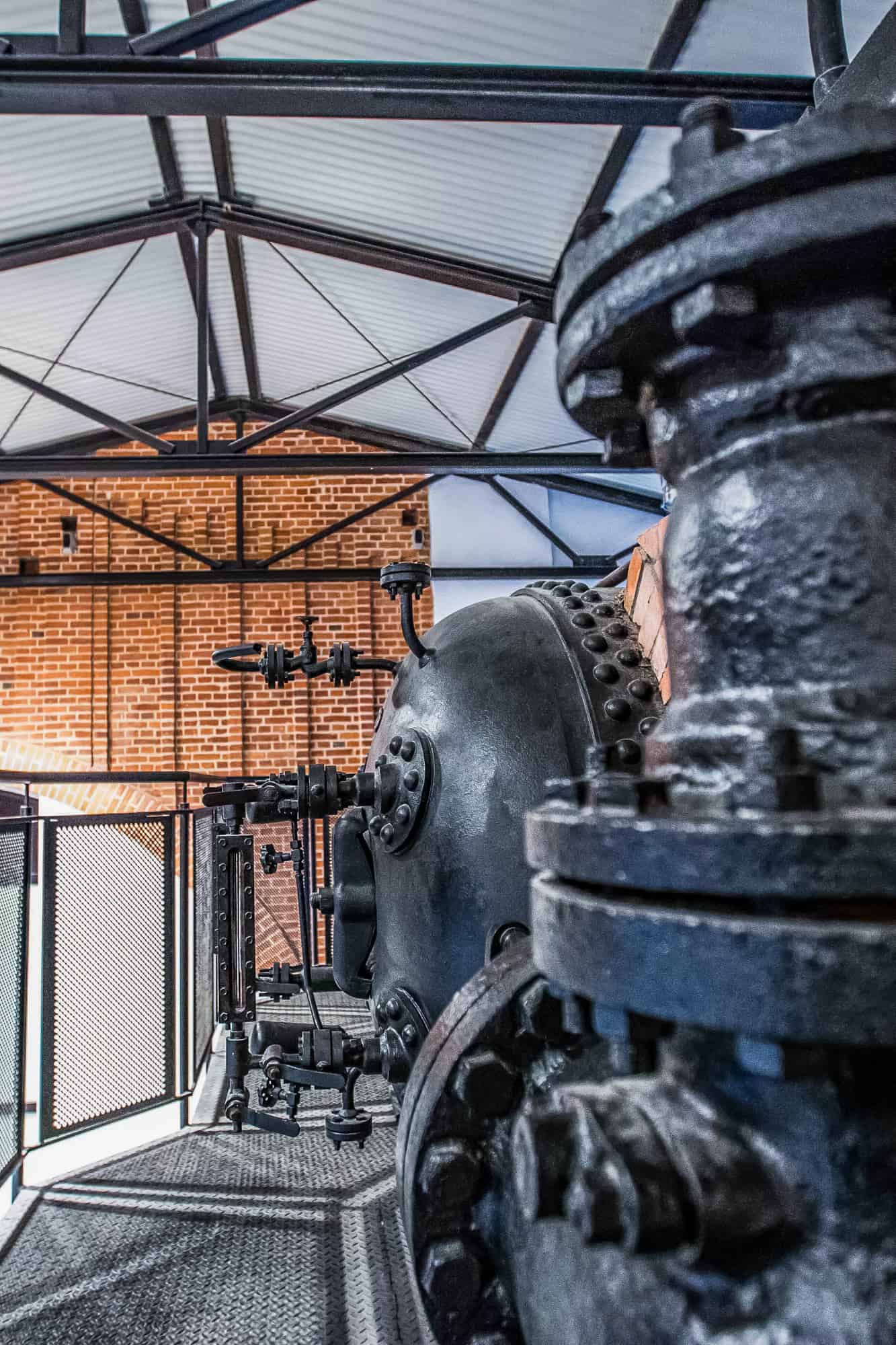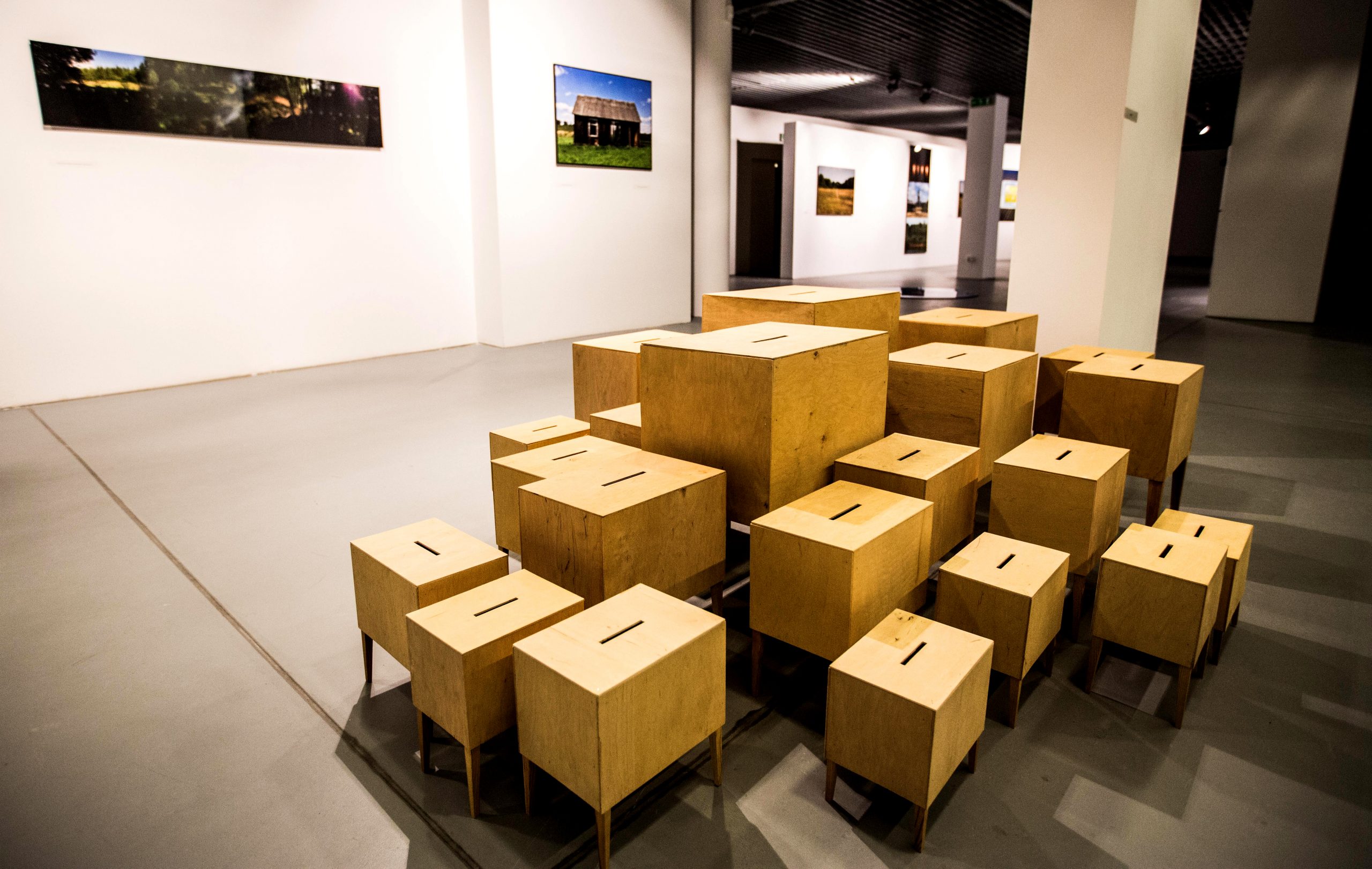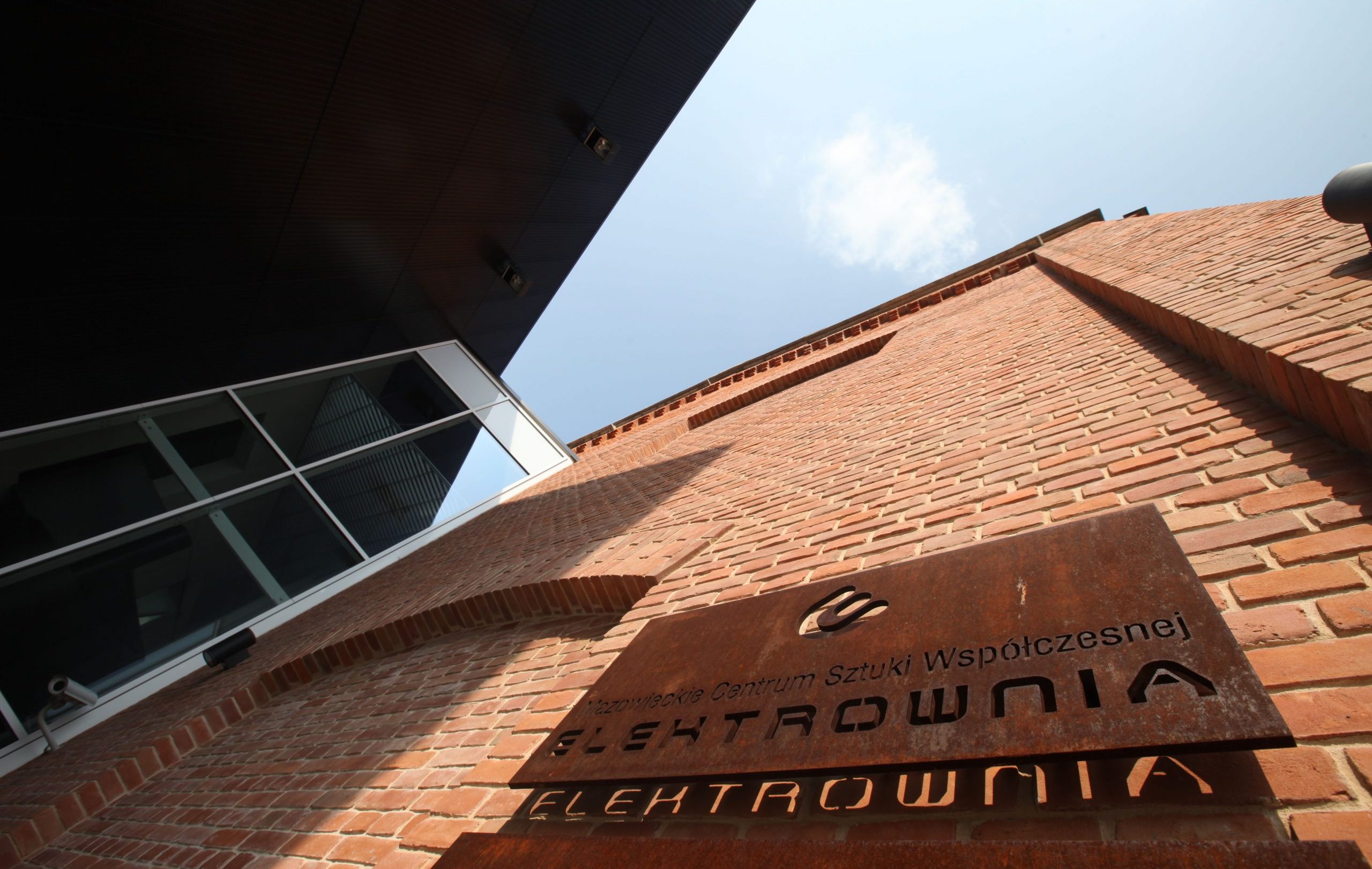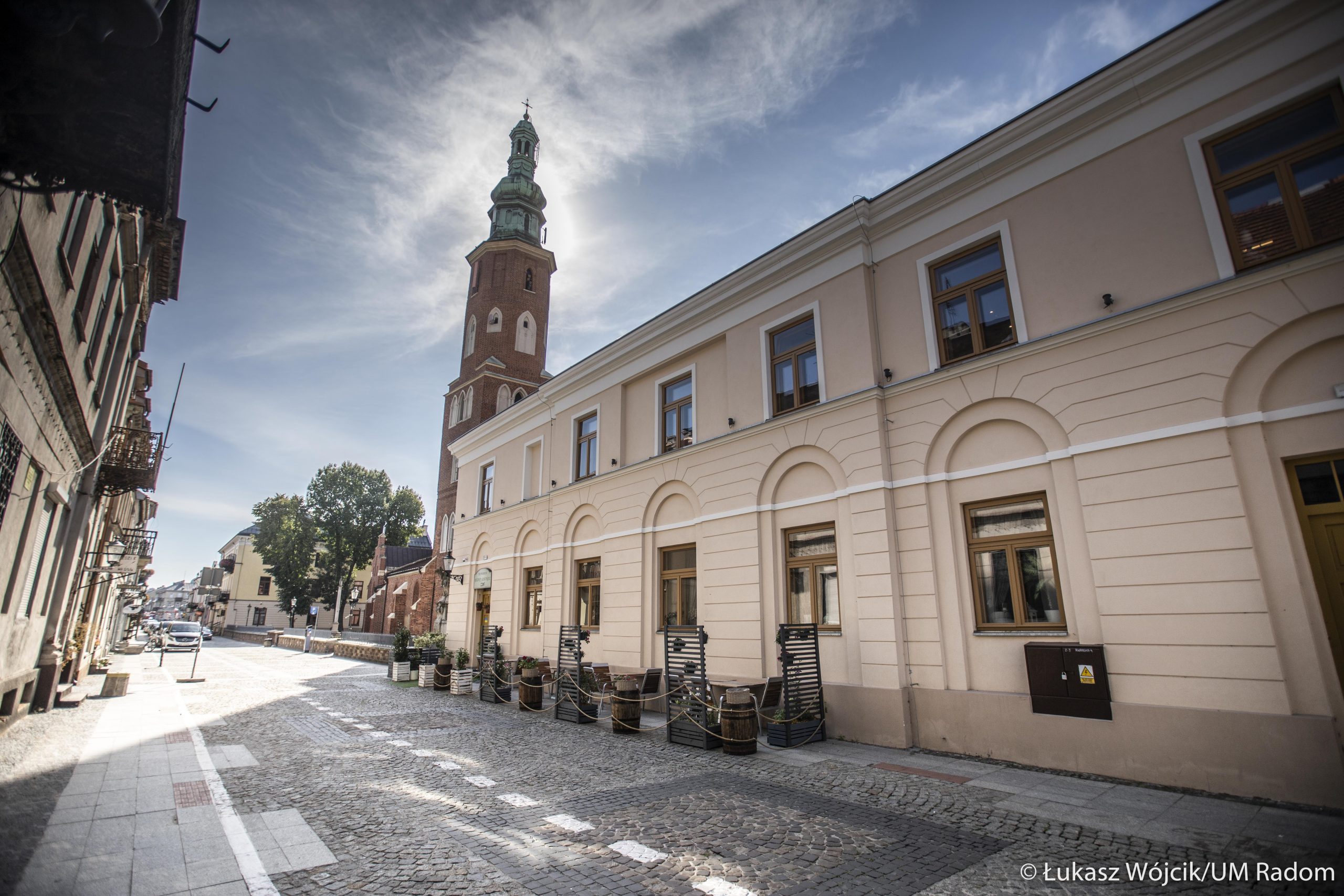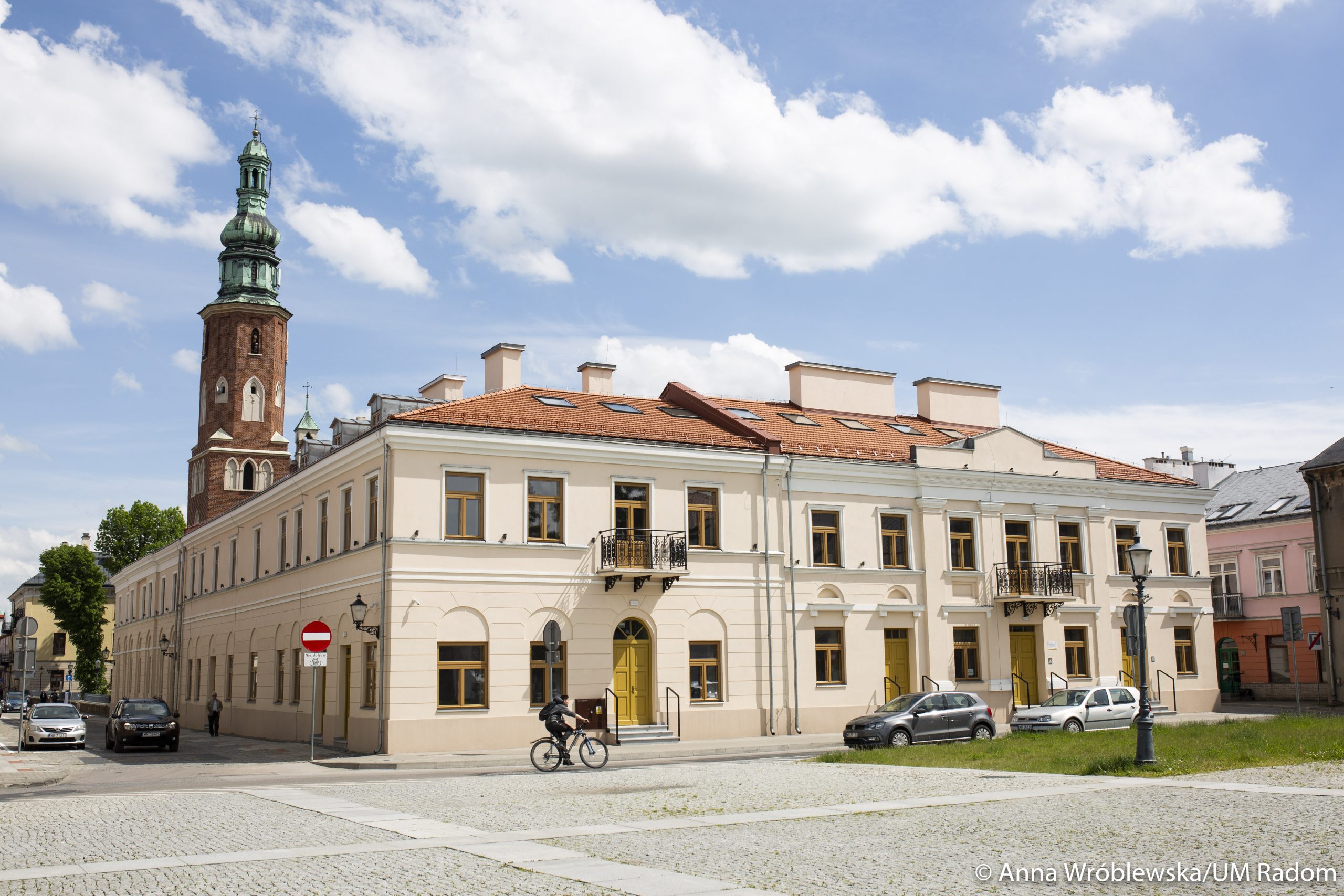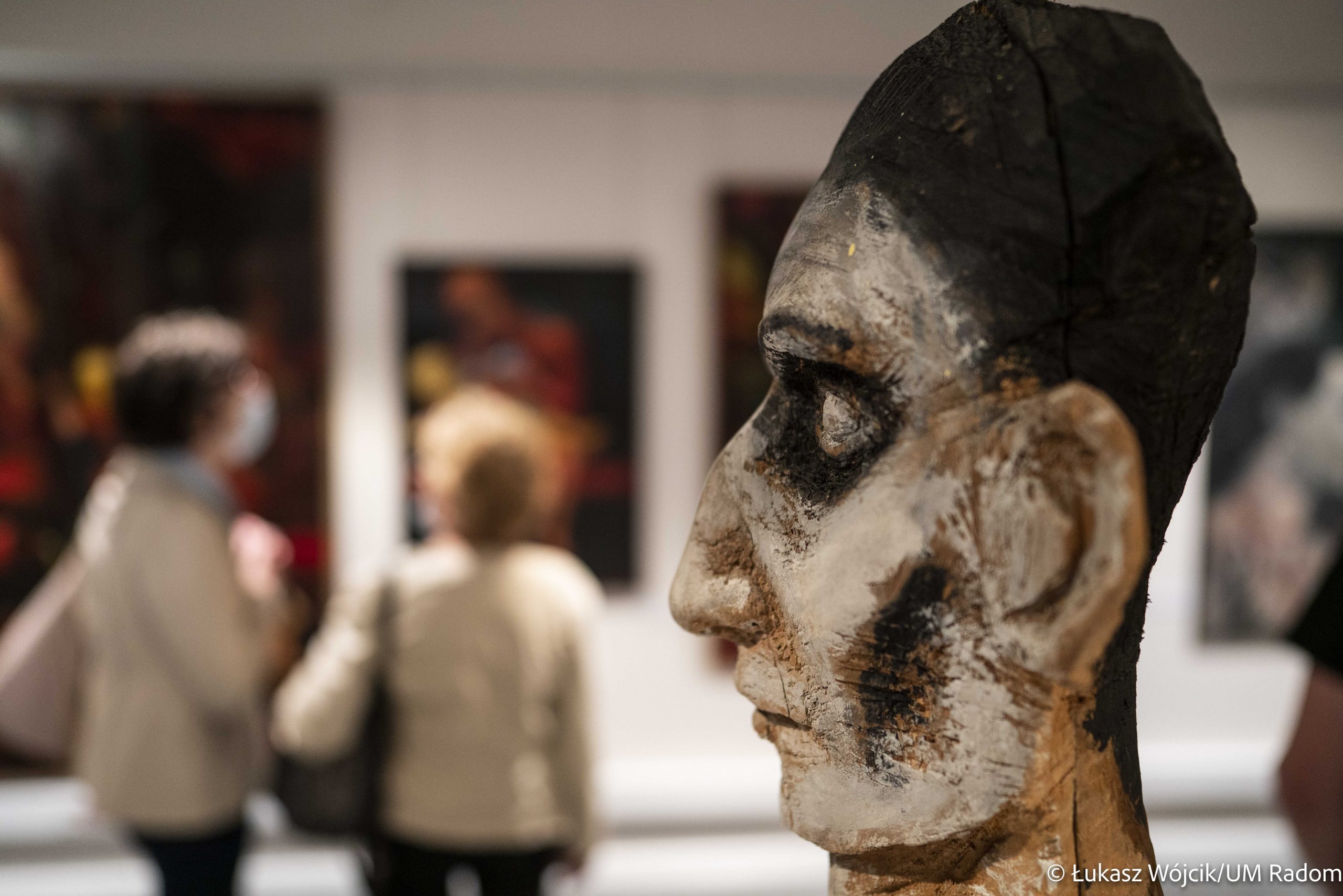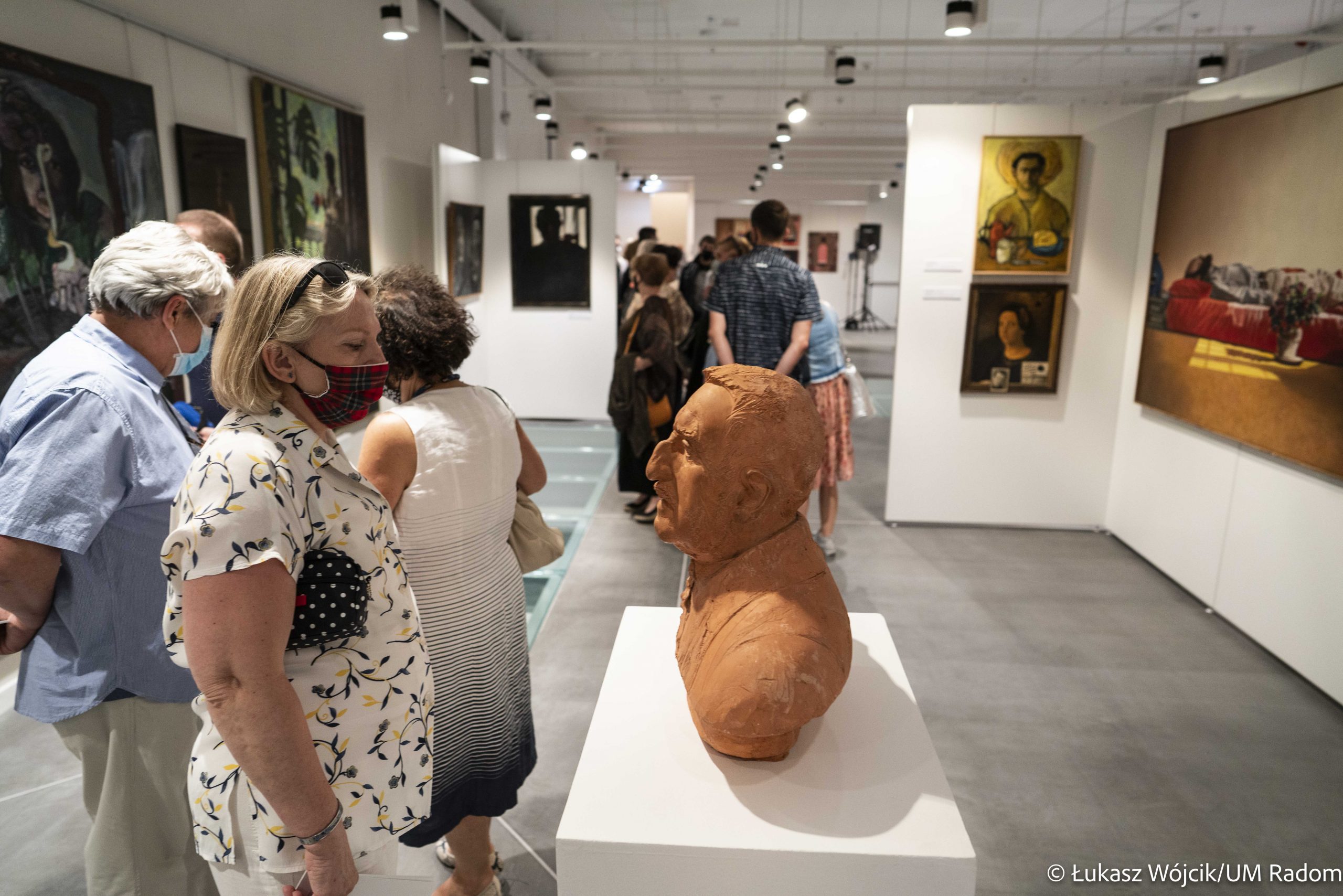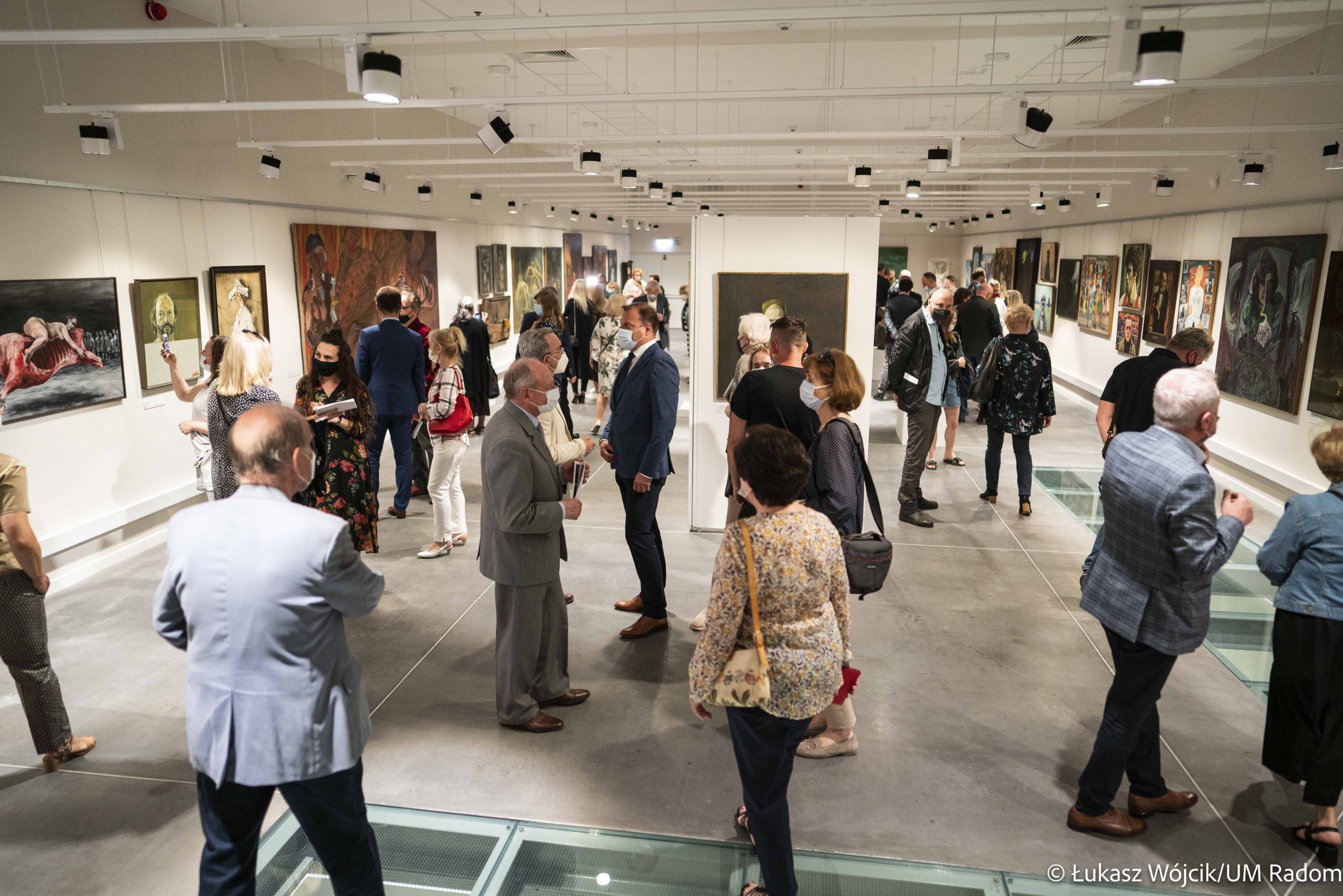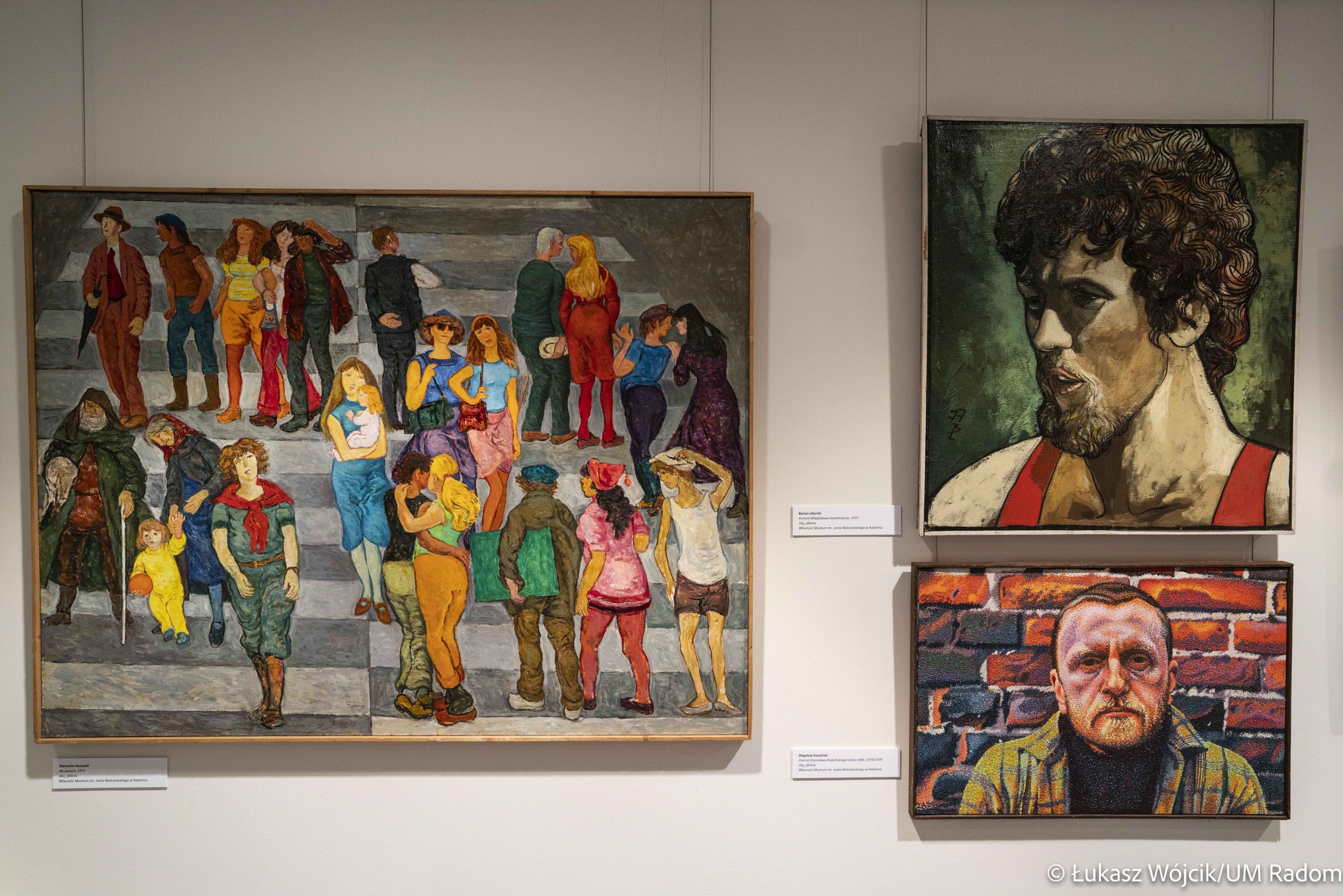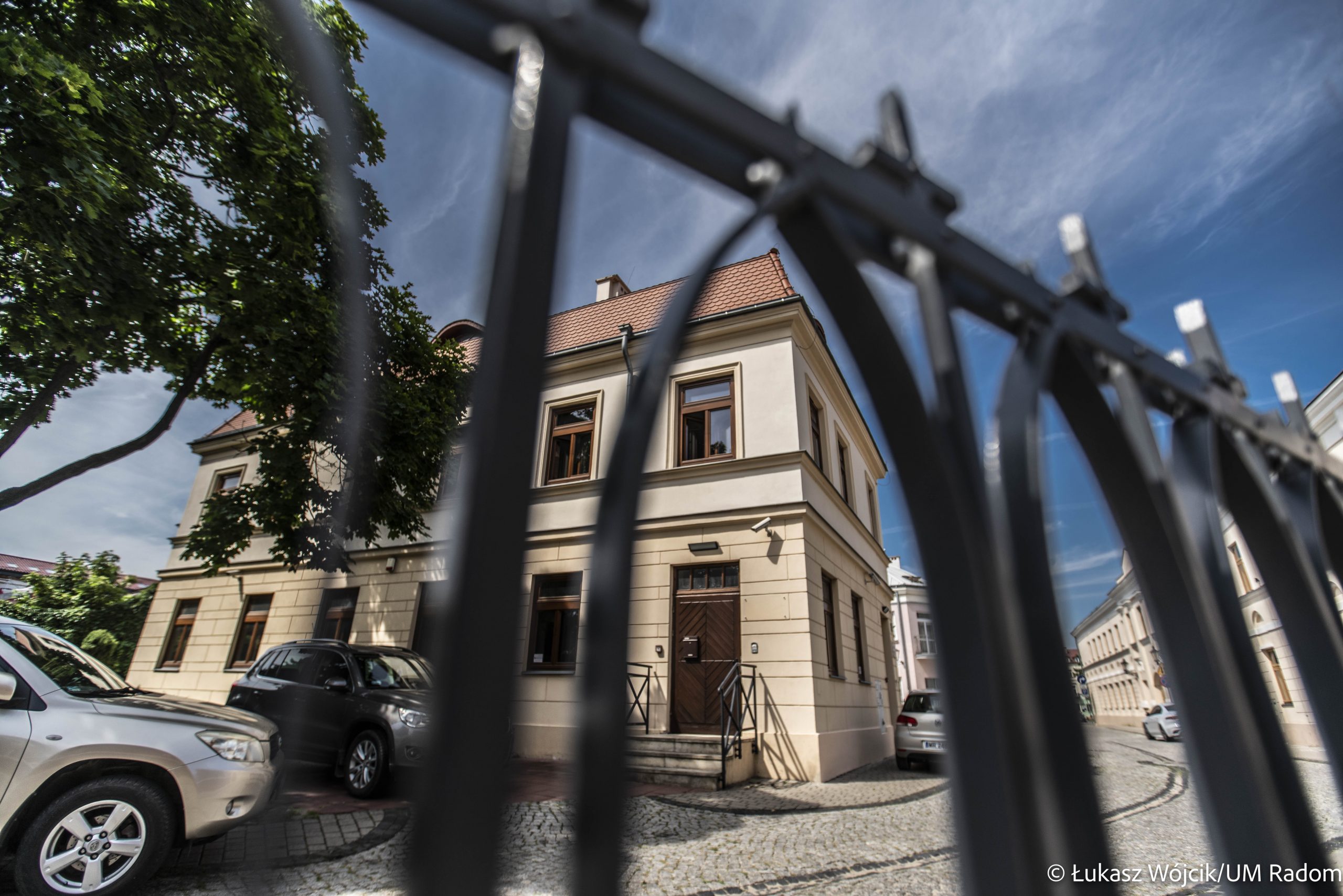MUSEUMS
Jacek Malczewski Museum
The Jacek Malczewski Museum has one of the greatest collections of paintings of Jacek Malczewski in Poland.
This is the fourth largest collection of works of that Radom resident in Poland and it has been systematically increased. The painter is considered to be the most distinguished representative of Symbolism in the Polish painting.
The museum has also over 60 works of artists that were painted in the second half of the 19th century and the first half of the 20th century: Wojciech Gerson, Maksymilian Gierymski, Olga Boznańska, Julian Fałat, Józef Mehoffer, Leon Wyczółkowski, Władysław Podkowiński, Stanisław Ignacy Witkiewicz, Zofia Stryjeńska, and others.
In 1913, Priest John Wiśniewski, regionalist and collector, handed over his collection to the Polish Tourist Society, which was to organise the first museum in Radom. The plans of the association were stopped by the outbreak of the First World War. The collection of Priest Wiśniewski, which partially dispersed during the war, were contributed to the first museum institution in Radom in 1923. The museum changed its location several times and finally in 1976 it was moved to the building of a former school of Piarists of the 18th century. The old building is a “labyrinth” with many passes, staircases and nooks.
The youngest tourists will be attracted by the exhibition of nature, including in particular, the section with dioramas presenting the natural environment of the Radom land and models of dinosaurs. Visitors are surprised with the Naturalist’s Office of the 19th century with many exhibits of birds and mammals, which are presented in the form of an exhibition that dates 150 years back. While, the exhibition of Polish national parks is an excellent way to see differences between several most popular parks.
For enthusiasts of exoticism, there is an exhibition of non-European cultures. It offers over 100 exhibits from the Far East, Africa and Oceania.
Fiends of the medieval history can admire effects of archaeological works thanks to the exhibition entitled “Treasures and secrets of Piotrówka”. The exhibition includes, among others, elite graves of Radom inhabitants of the 11th century, ornaments, armament, everyday objects, and a treasury of medieval coins.
The museum collections come, among others, from donations. The family of philosopher Leszek Kołakowski donated a collection of mementoes of that famous resident of Radom. In turn, Professor Andrzej Pinno, heir of three significant Radom families, donated a collection of artistic and everyday objects, including paintings, furniture, tableware and numerous documents. The collection of the Pinno Family includes 1150 objects, which reflect the welfare of affluent bourgeois families, which developed the economic prosperity and cultural heritage of the town.
Visiting the town together with a master of painting? It is possible in Radom!
Radom History Museum – Houses of Gąska and Esterka
The Radom History Museum is a permanent exhibition of the Jacek Malczewski Museum. One of the most modern exhibitions in the country (combining the traditional form of a museum with multimedia) is located on three floors of Radom tenement houses. The museum presents the history of Radom from the 9th century to 1945. Rich collections and modern technologies such as VR glasses or three-dimensional animations allow visitors to travel in time. Visitors can see almost “live” the changes that have taken place in the city over the centuries.
The museum offers free admission on Saturdays.
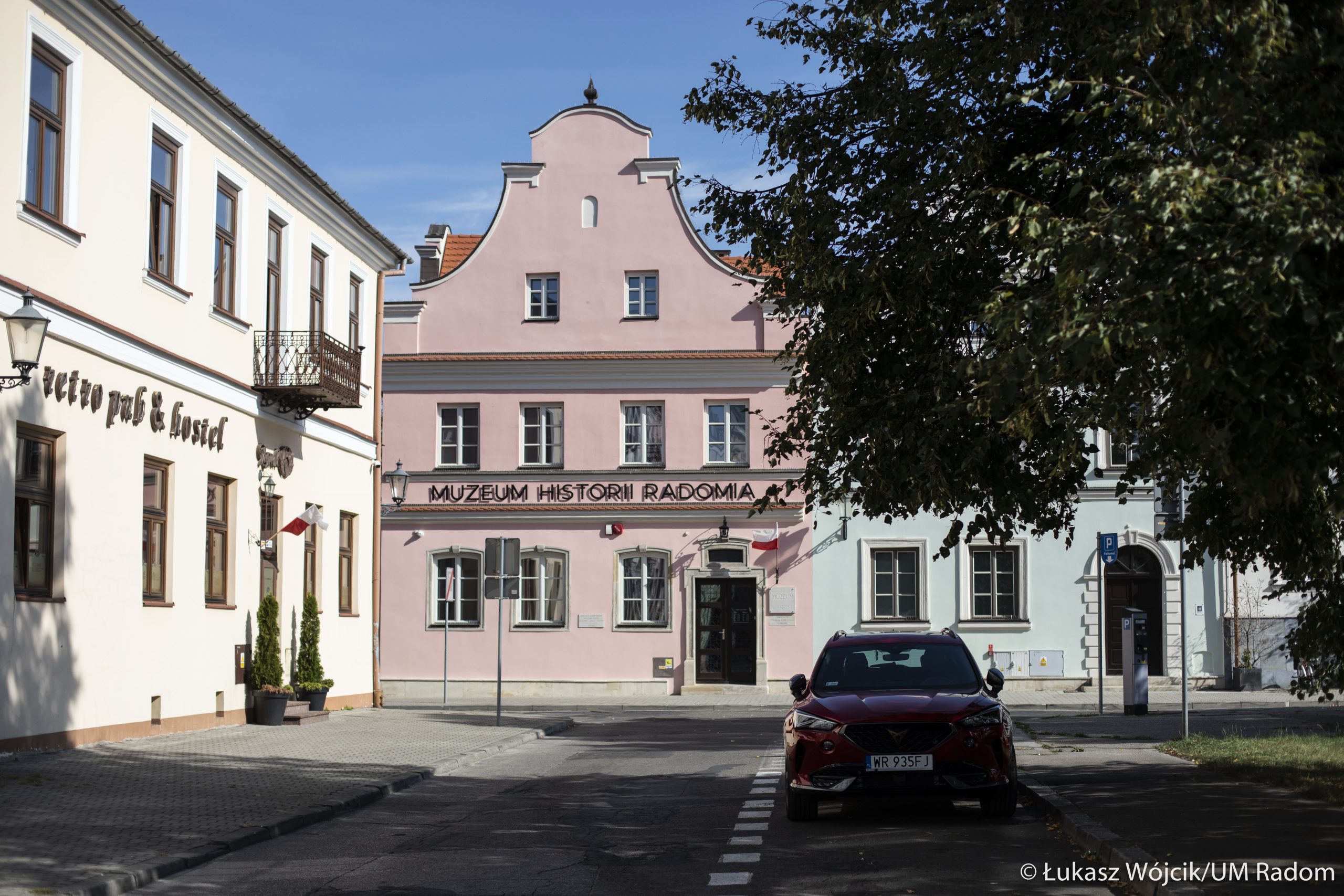
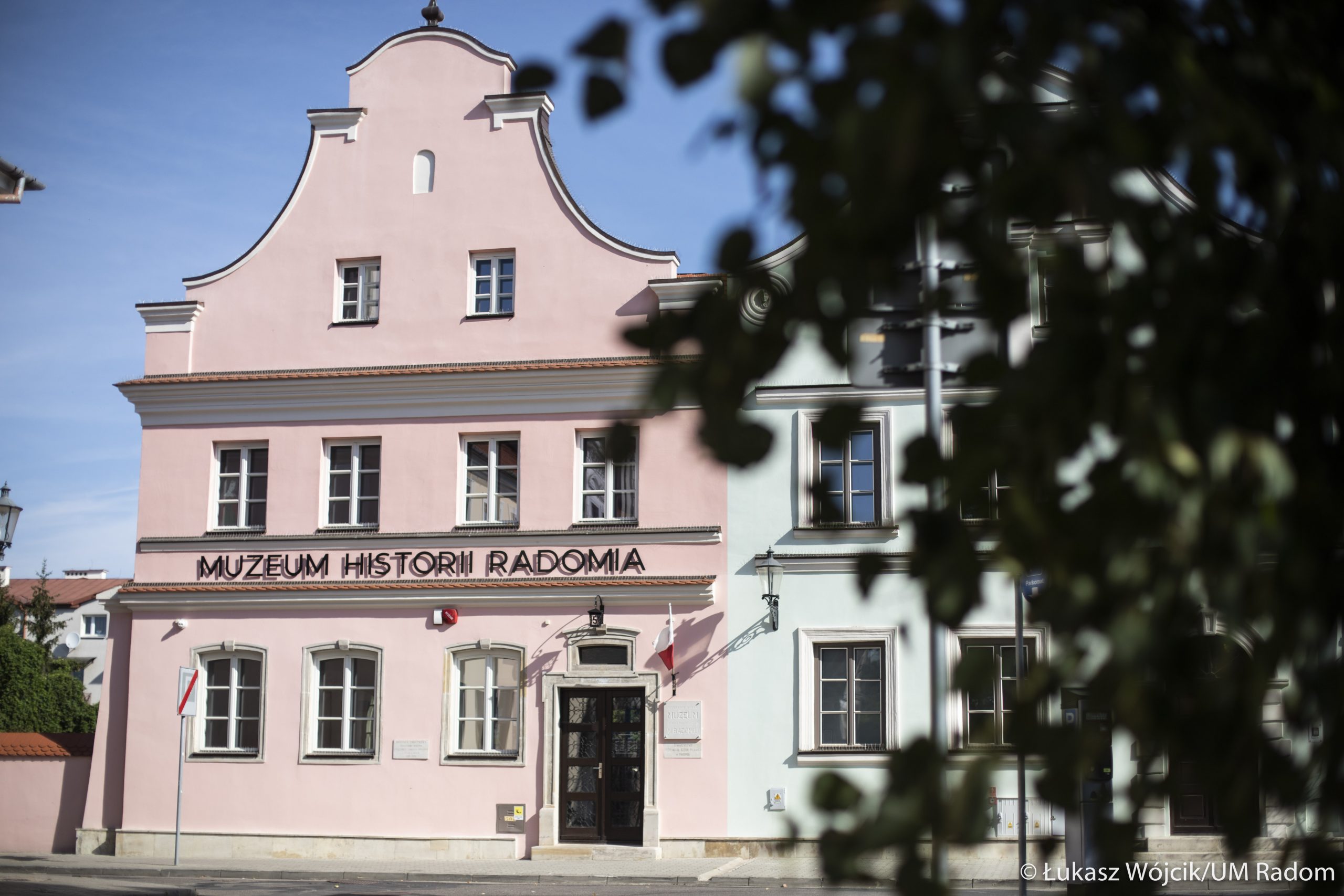
Radom Village Museum
In the suburbs of the town, on over 30 hectares, there are 80 former rural structures among greenery. These are mainly peasant cottages and farm buildings, manor houses, windmills, water mills, and a church. This is an open-air ethnographic museum, where you can move in time to the times of your grand grandmothers and grand grandfathers. Apart from the buildings, the museum presents over 16,000 of mobile objects, including a collection of agricultural vehicles and machines, beehives, fabrics, and interior furnishing.
The Radom Village Museum is an excellent place to feel the climate of a former village, walk among the plants, and get to know the hardships of everyday life of inhabitants of the Radom land near the borderland of Masovia and Lesser Poland. The institution organises many outdoor events where tourists can familiarise themselves with old folk habits and ceremonies and take part in traditional religious ceremonies, like the Palm Sunday, the Candlemas, and the Potato Festival. The ethnographic museum offers a historic staging of important events in the history of the Radom land.
The museum carries out wide educational activities. Museum lessons (not only for children) let the participants learn old calligraphy or how a bread is baked or traditional Christmas decorations are created. The “extraordinary everyday life” will let you move in time and feel the climate of a village of former days.
Spend a day in the Radom Village Museum to feel the folklore!
Mazovian Centre for Contemporary Art “Elektrownia”
Mazovian Centre for Contemporary Art “Elektrownia” is an ideal place for those interested in contemporary art.
The idea to establish a new institution in Radom that would exhibit collections of contemporary art was conceived by the famous Radom resident Andrzej Wajda. For many years, he supported the Museum of Contemporary Art in Radom, donating numerous works from his private collection. Soon, Radom’s collection of contemporary art became one of the largest in the country, necessitating a new, larger exhibition space, as the museum’s current premises only allowed for the display of about a hundred works annually. In 2005, Andrzej Wajda proposed the creation of a new institution that would combine museum and educational functions, and after acquiring the collections of the Museum of Contemporary Art, would present them in a new and more suitable location.
The neo-Gothic building of the former municipal power plant, dating back to 1901, was chosen as the future institution’s headquarters. “Elektrownia” was officially established by the Mazovian Voivodeship Sejmik on December 19, 2005. In June 2014, the Centre moved to the revitalized building of the former power plant.
Museum of Contemporary History Radom – Deskur House
The Museum of Contemporary History of Radom is located in the renovated tenement house of the Deskur family from the nineteenth century, at the intersection of Rwańska Street and the Market Square. Currently, it hosts cultural events of the city and exhibition openings. The Museum of Contemporary History of Radom operates under the aegis of the Culture and Art Centre “Resursa Obywatelska”.
The museum’s permanent exhibition entitled “Industry – the power of the city. Radom in the years 1918–1989”, shows the industrial heritage of Radom. In addition to the products produced in the city, it also presents the everyday life of the Radom street and courtyard from the times of the Polish People’s Republic. The exhibition is partially interactive. The exhibition is free of charge.
On level -1 there is a room for temporary exhibitions. The current exhibition entitled “30 years of the Faculty of Art” will be open to visitors until 17 November. The exhibition presents the achievements of academics and people associated with the faculty as well as students of the Faculty of Arts. The exhibition covers various fields of visual arts: multimedia, photography, spatial design, painting, digital graphics, artistic graphics, sculpture. Admission is free.
Three additional rooms dedicated to the Museum of Contemporary History of Radom (blue – dedicated to architecture, orange – dedicated to industrial plants and mirror, inspiring memories) are intended for museum workshops and research work.
Kamienica Starościńska
The building was constructed on the foundations of the former House by the Gate, which was part of the Radom Castle. This location housed the royal kitchens and various utility rooms. Following extensive revitalization, an exhibition has been prepared in Kamienica, showcasing items discovered during several years of archaeological research. The exhibition features artifacts from the 14th to the 18th centuries, including decorative architectural details and fragments of pottery and stove tiles. The exhibition is complemented by a film projection presenting a hypothetical reconstruction of the castle complex and panels depicting its history and the various stages of the castle’s research. The exhibition is organized by Rewitalizacja Sp. z o.o.
Free Entry
Opening Hours: Mon-Fri 8:00 AM – 3:00 PM. Other times by individual arrangement.
Museum of Crafts
The Museum of Crafts in Radom is a place run by enthusiasts from the Branch of the Polish Tourist and Sightseeing Society “Łucznik”.
The interiors present the workshops of craftsmen active in Radom in the twentieth century. There are tools, devices and pieces of equipment. Wrenches, hammers, drills, pliers, pumps, meters, fuses and much more. Stations for independent drilling and driving tests have also been prepared. An interesting fact that you can see here is a complete vulcanizer’s workshop – with tires, retreading machines, etc. There are also workshops for a photographer (not digital, of course) and a hairdresser. A surprise that awaits you in the Museum of Crafts is an exhibition of contemporary icons written by priest Stanisław Drąg.
